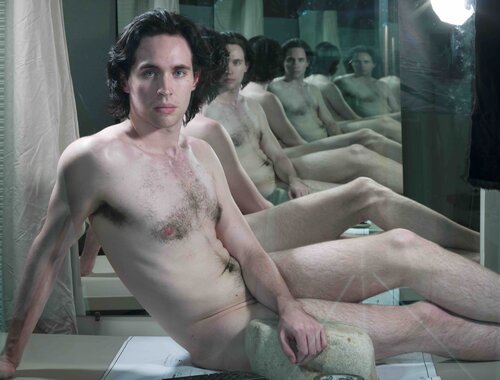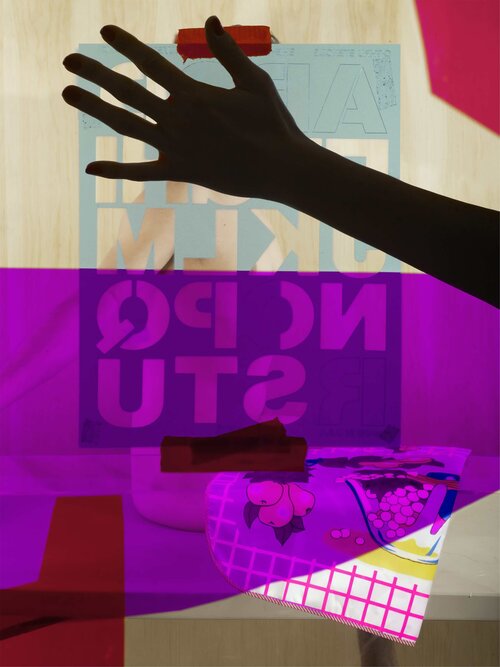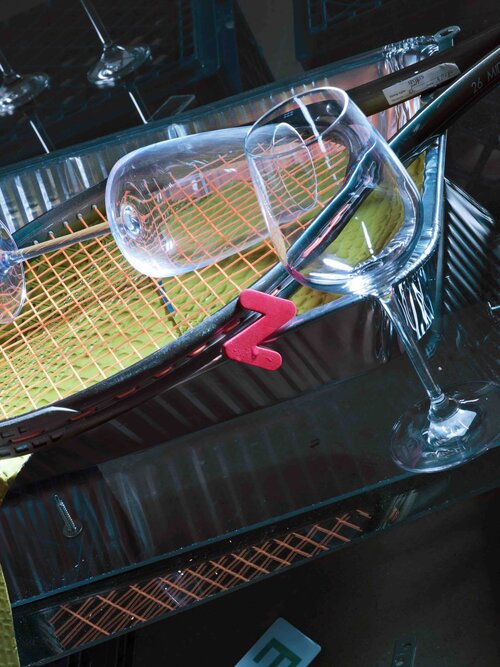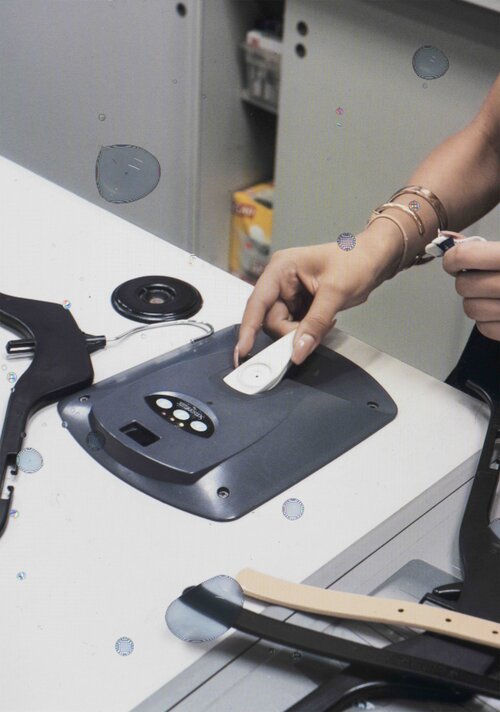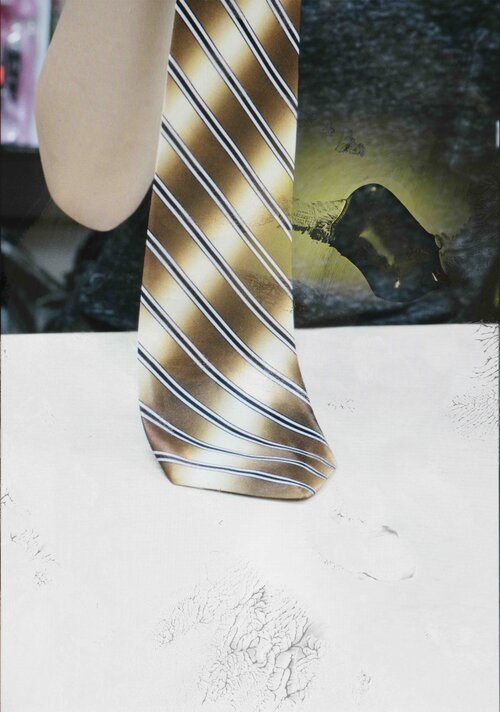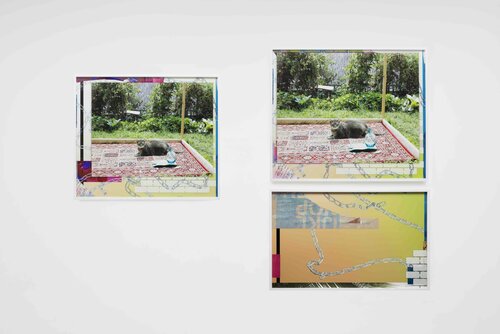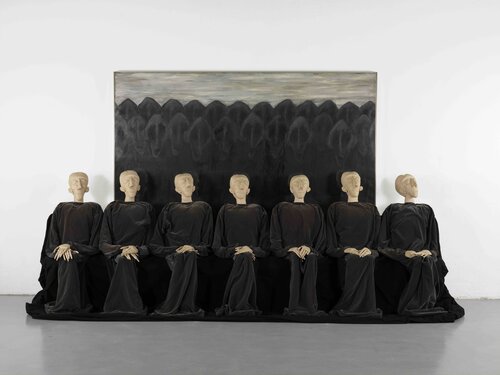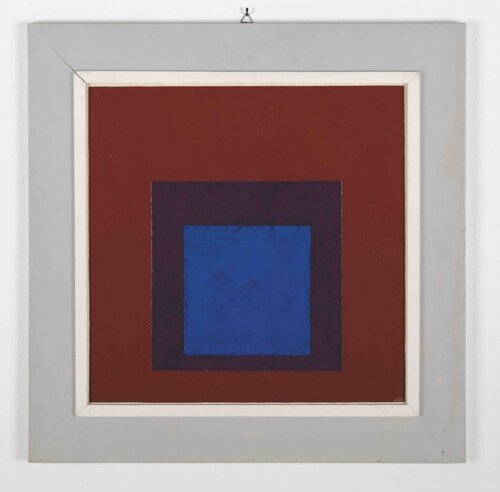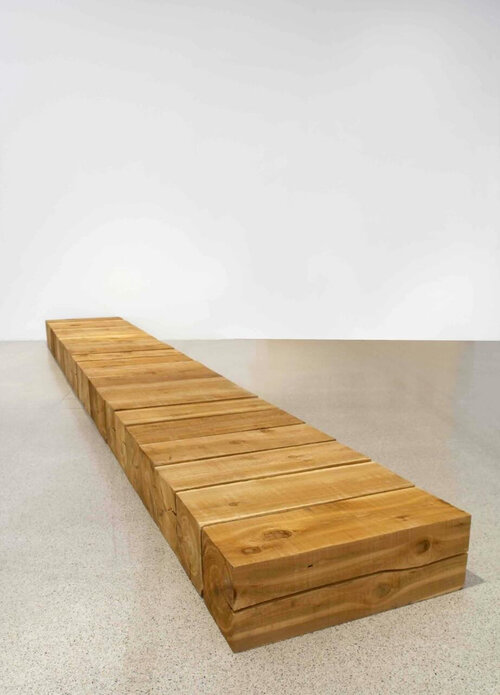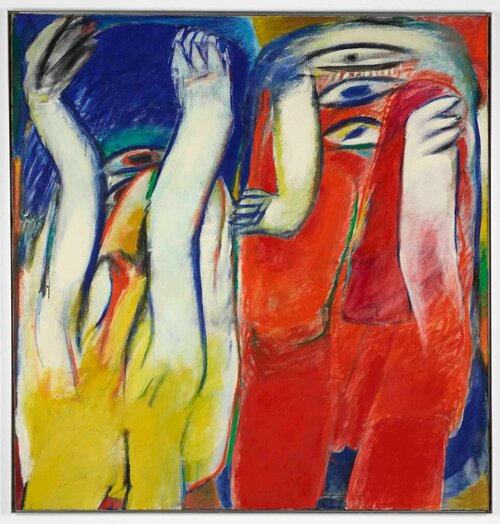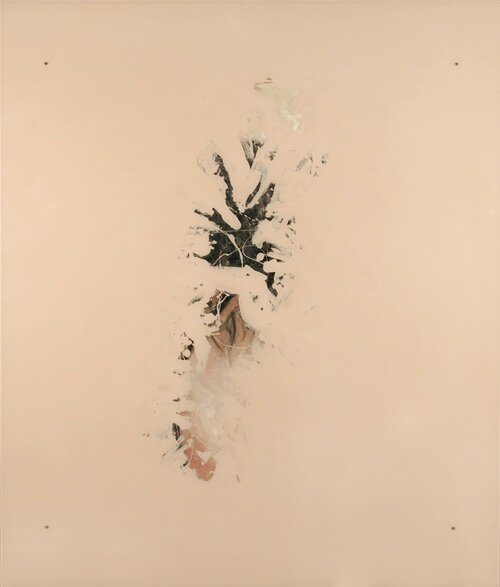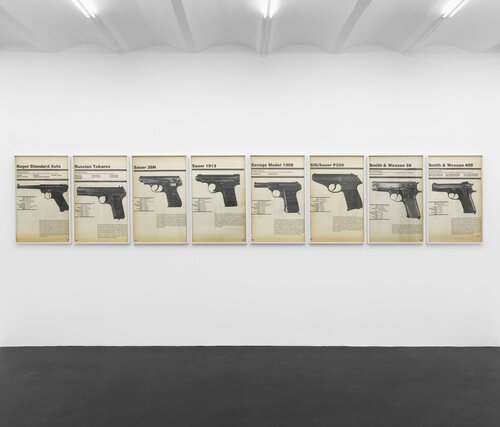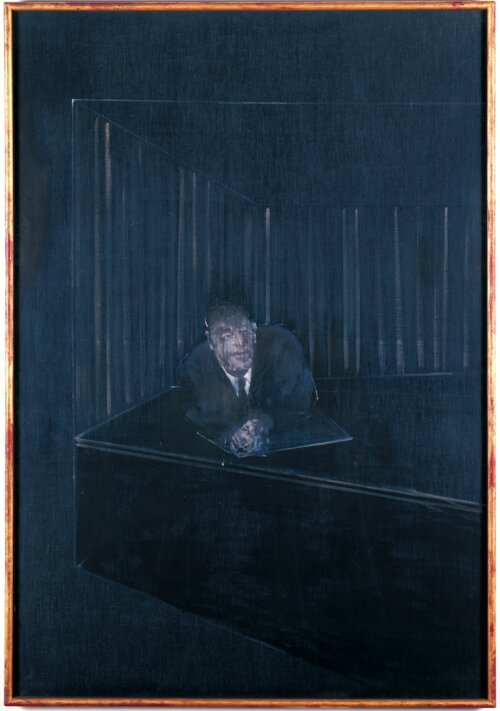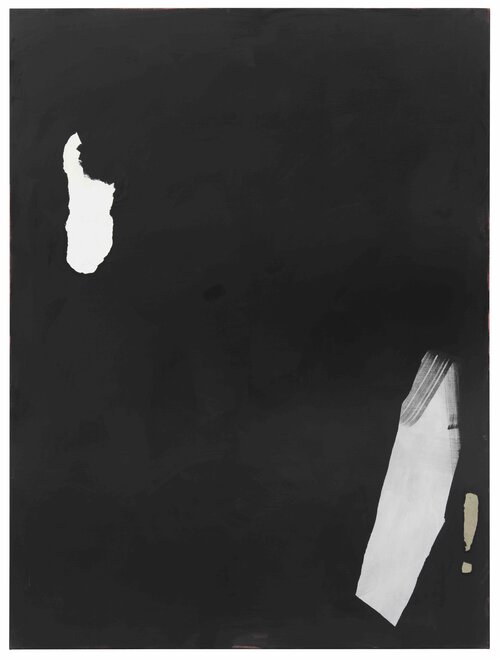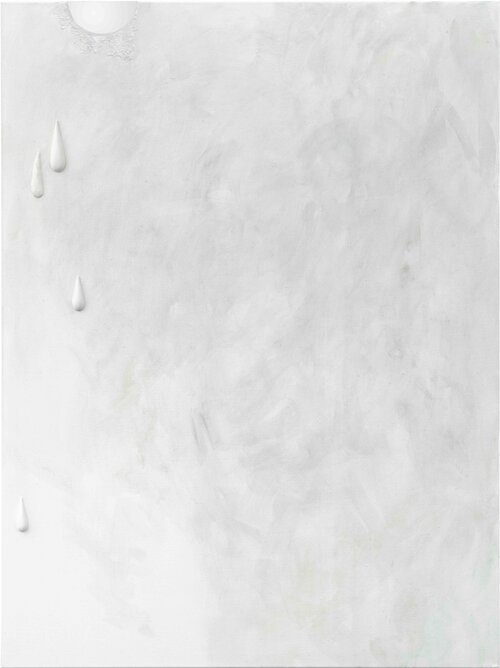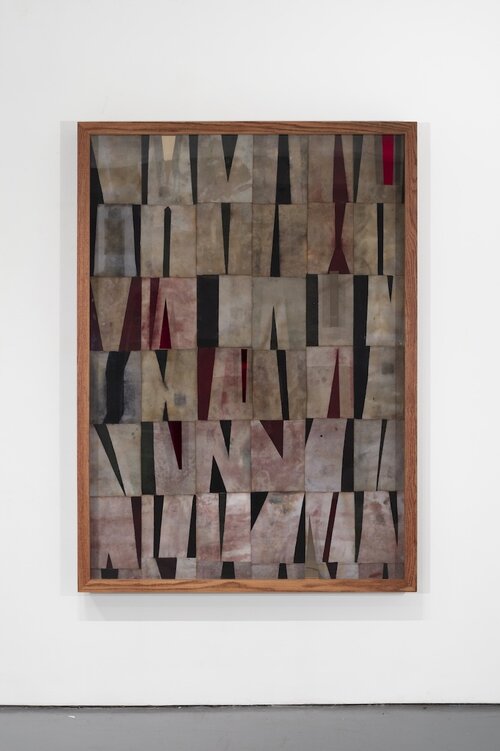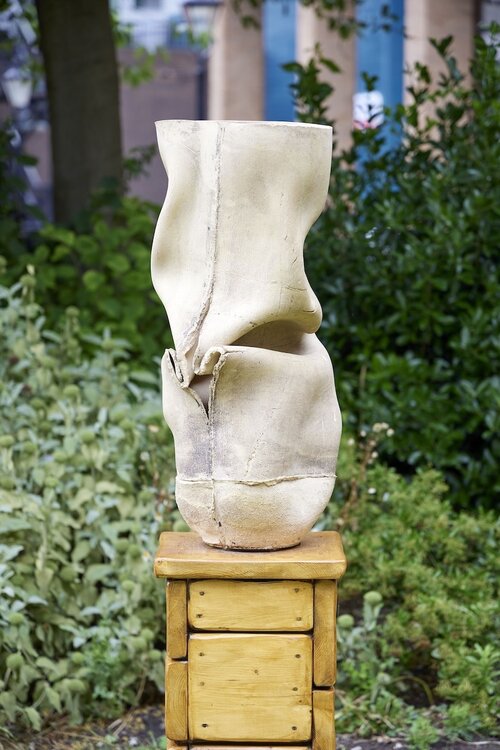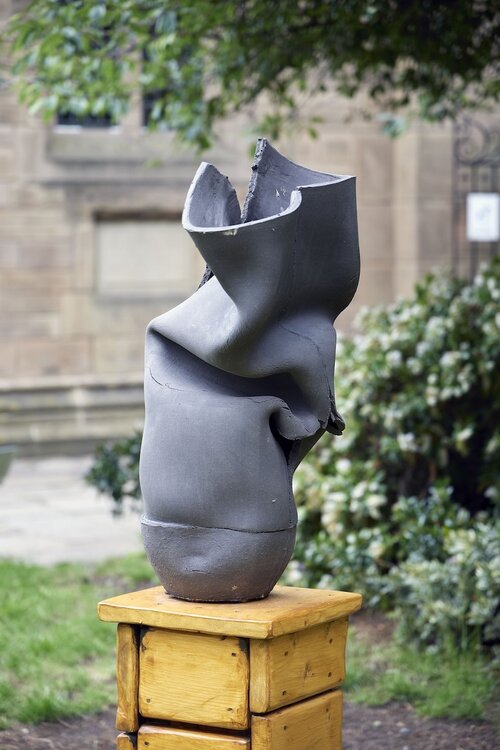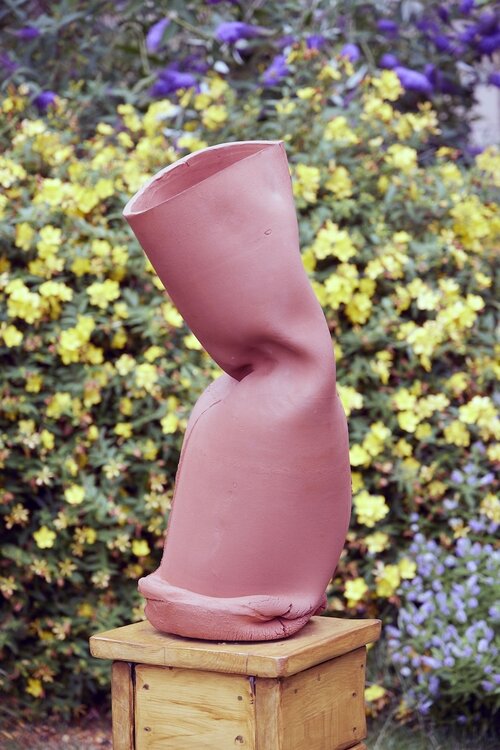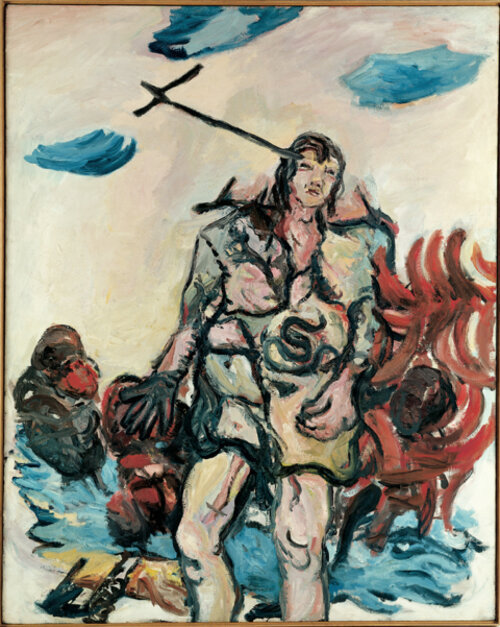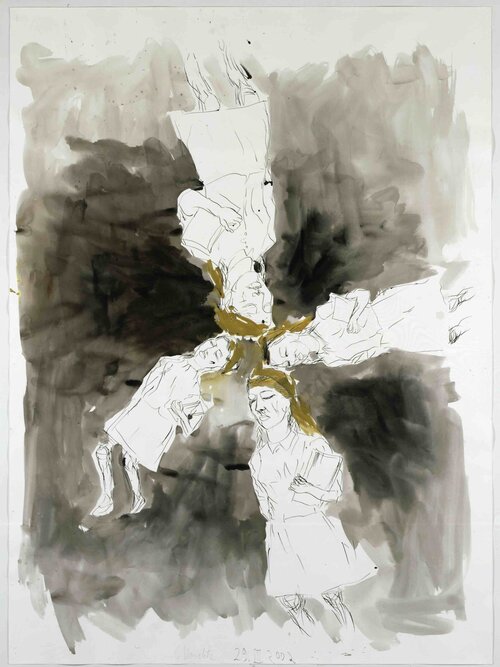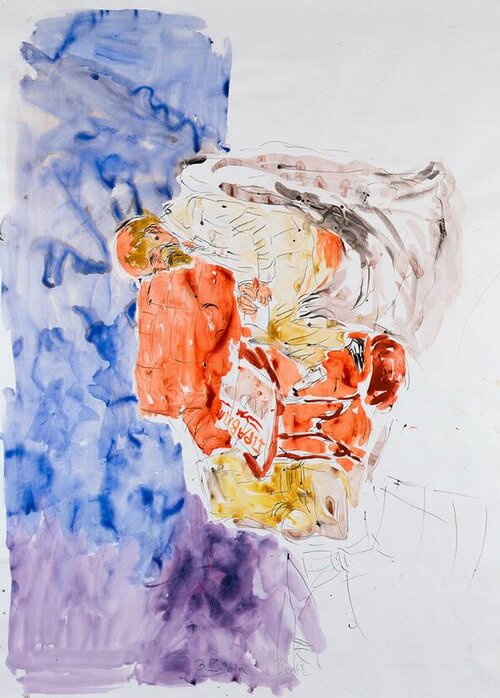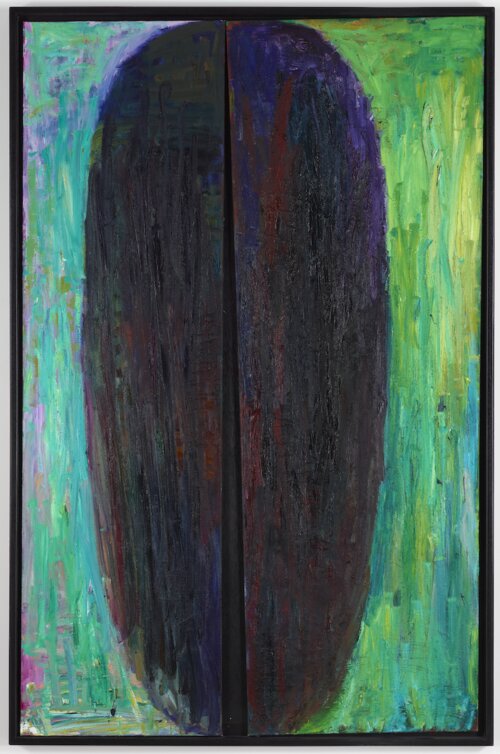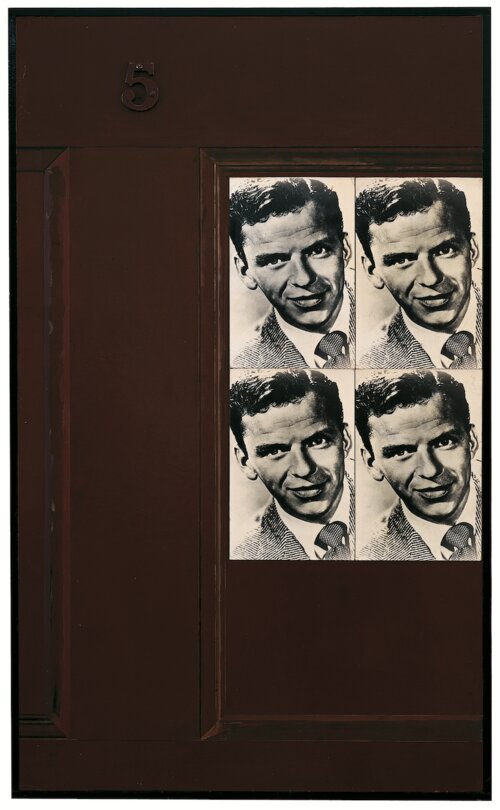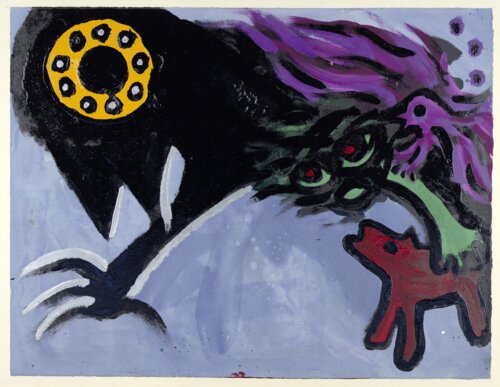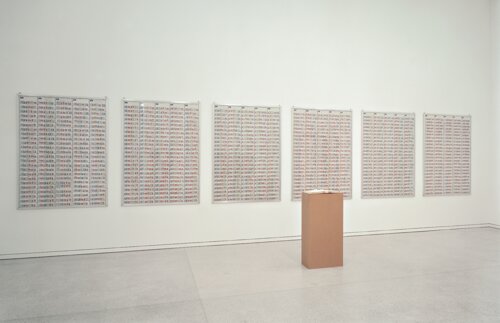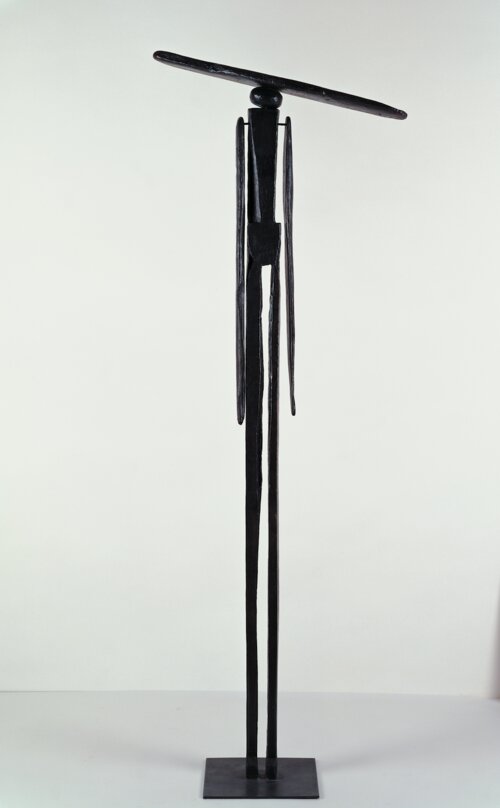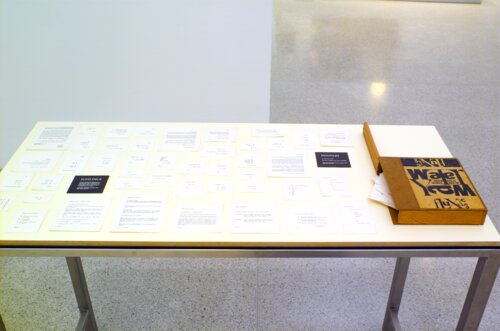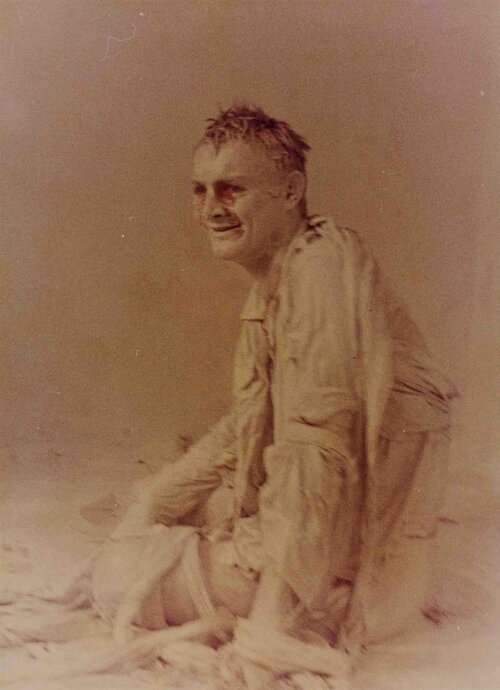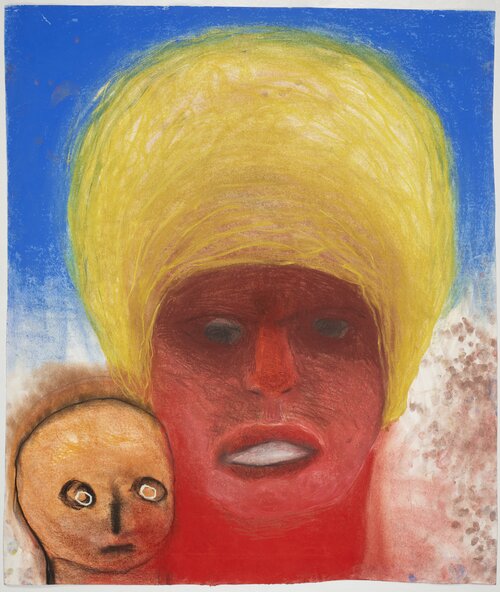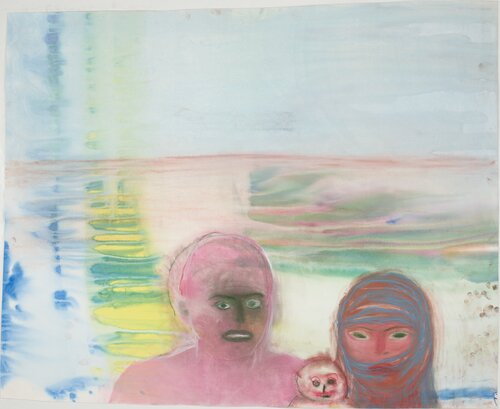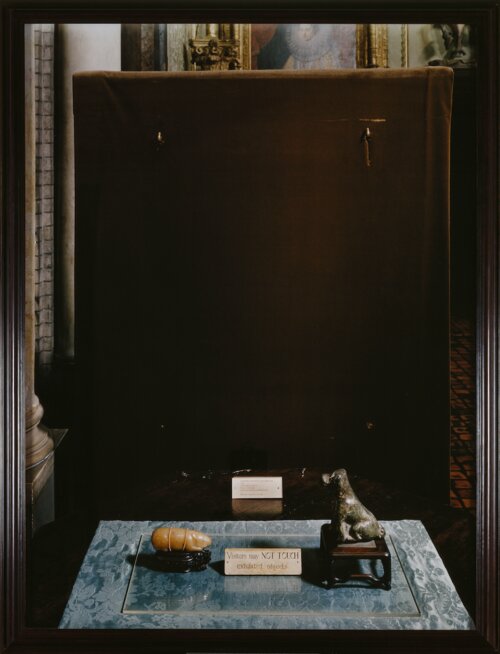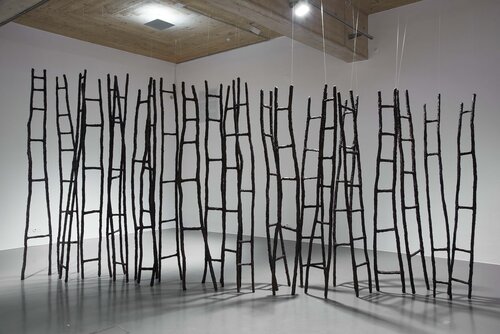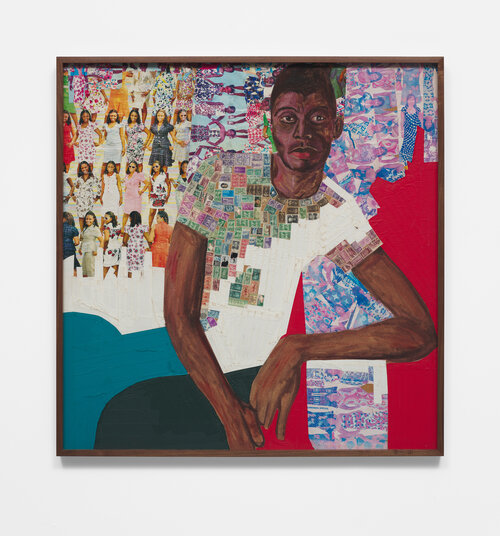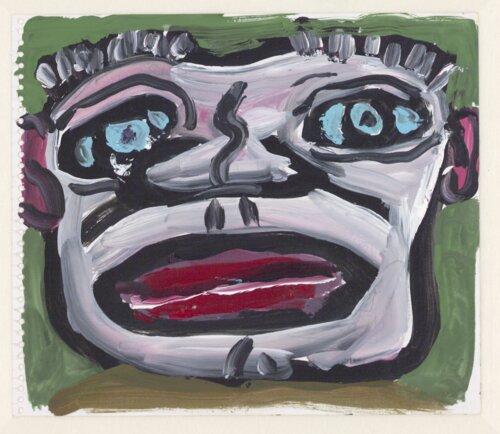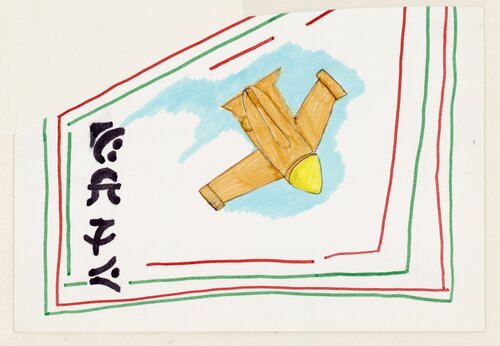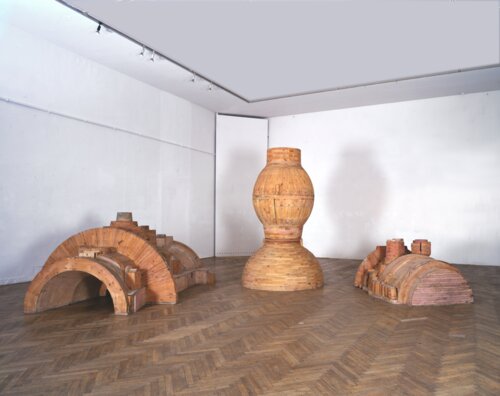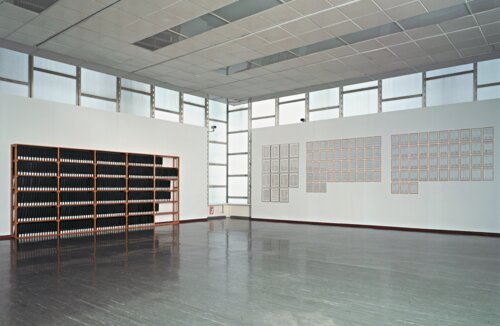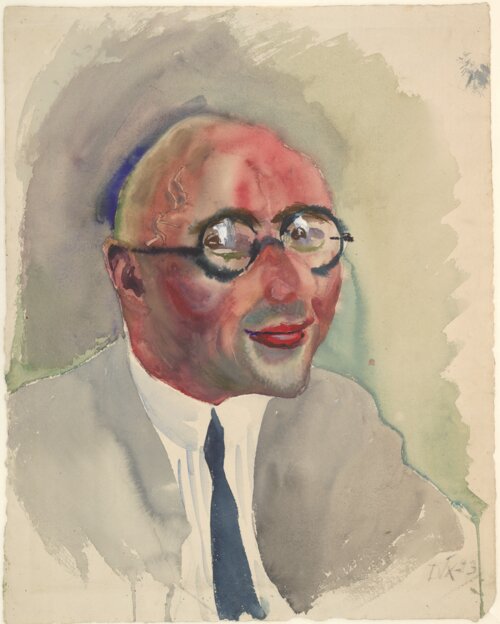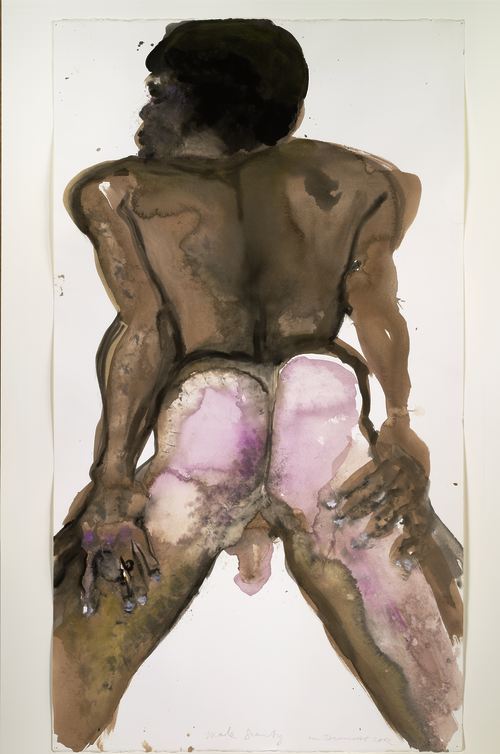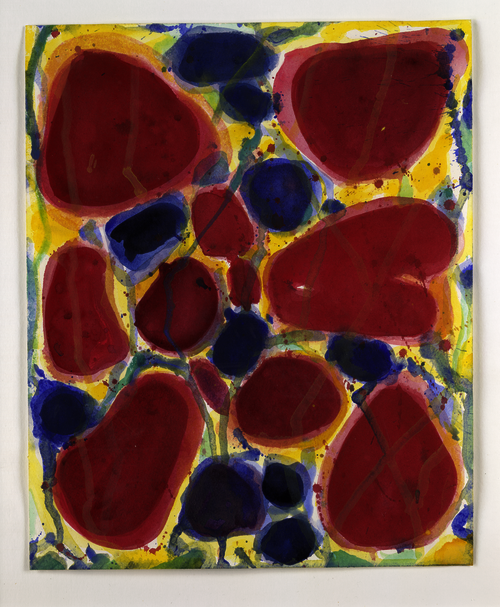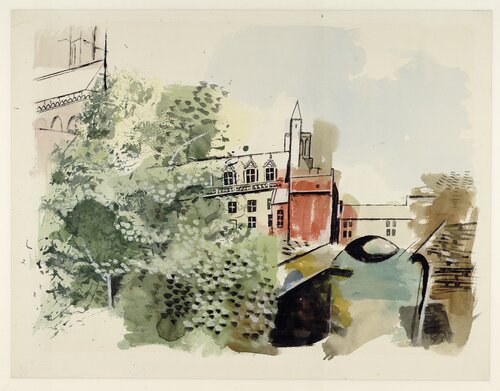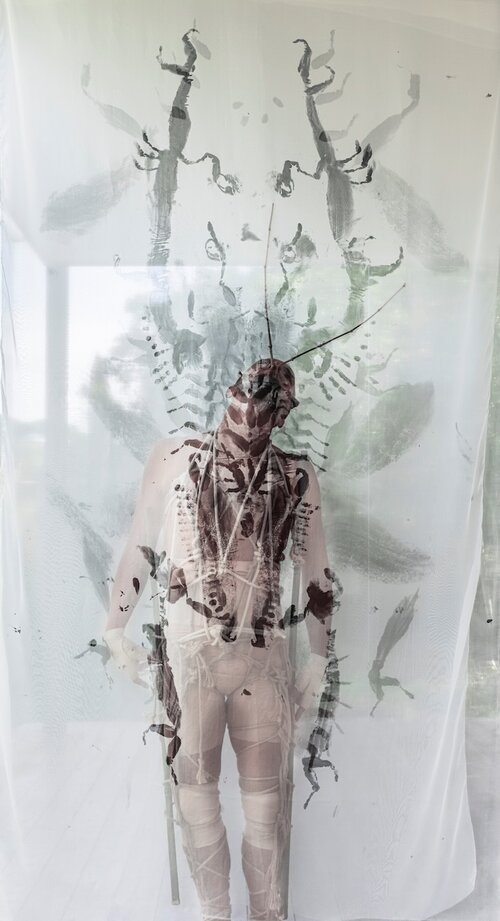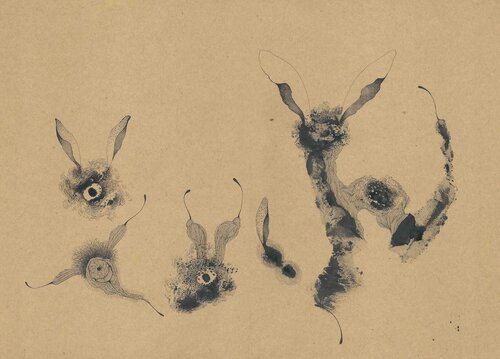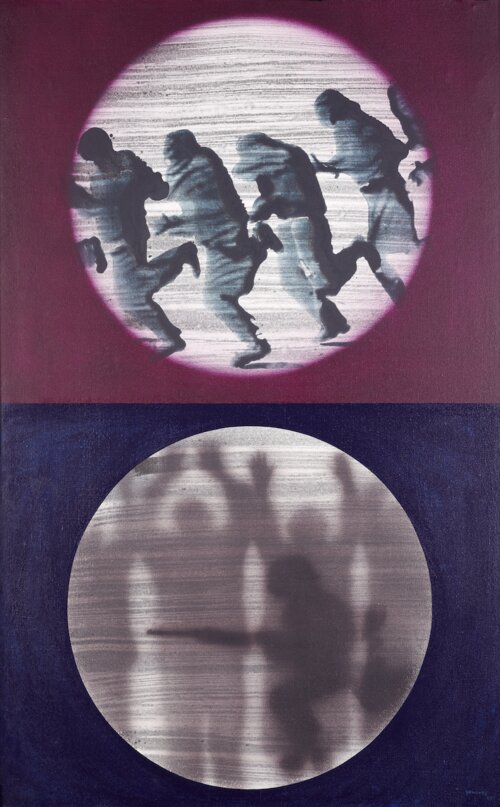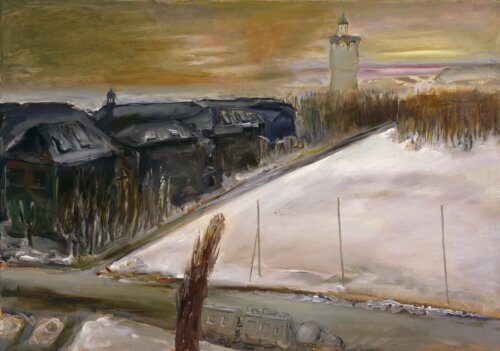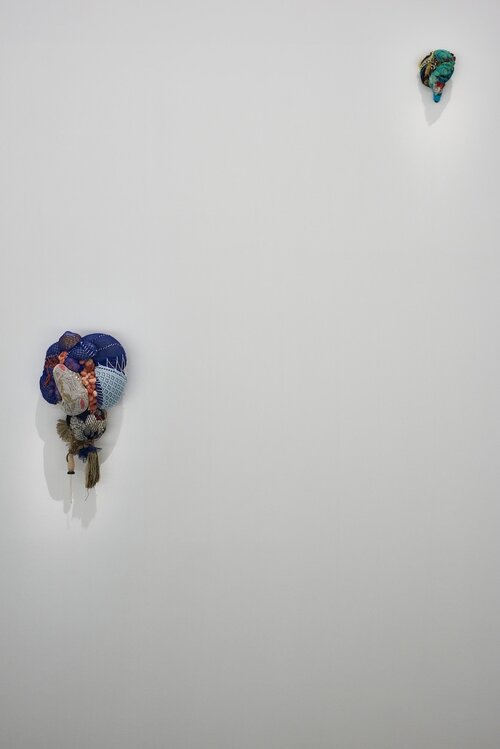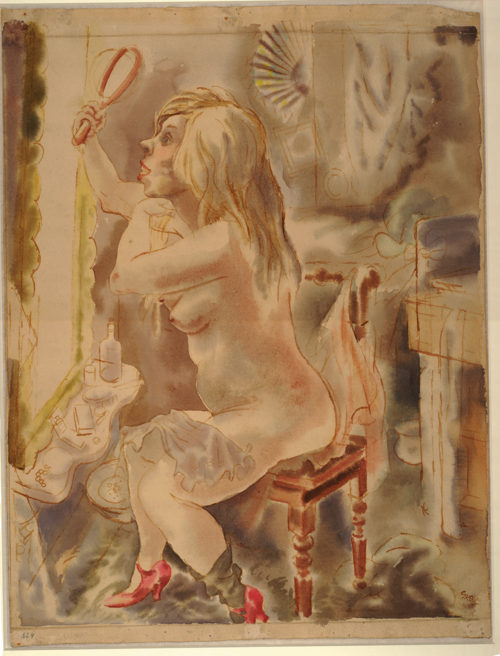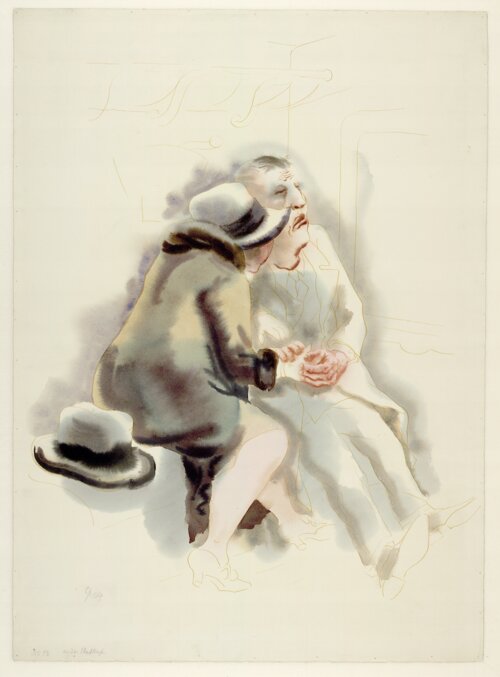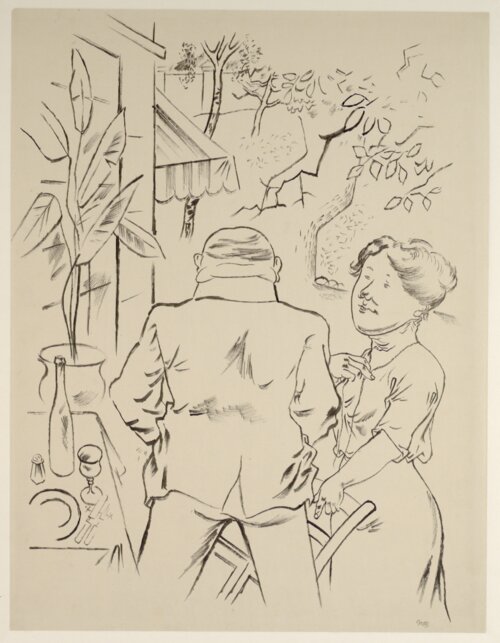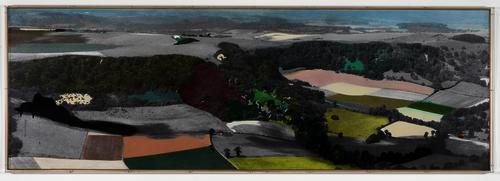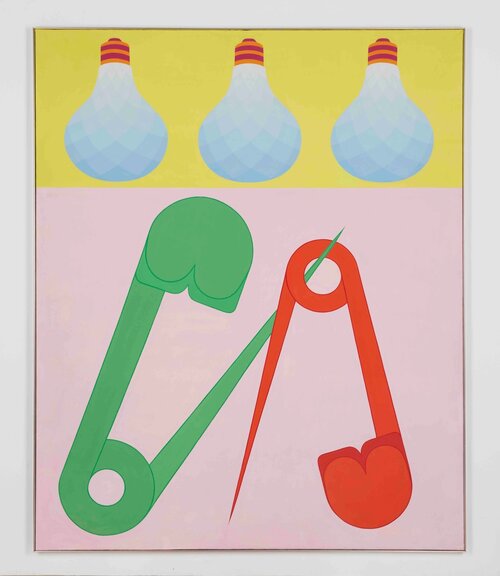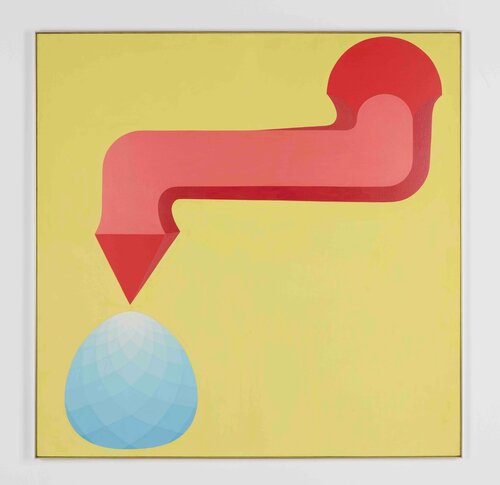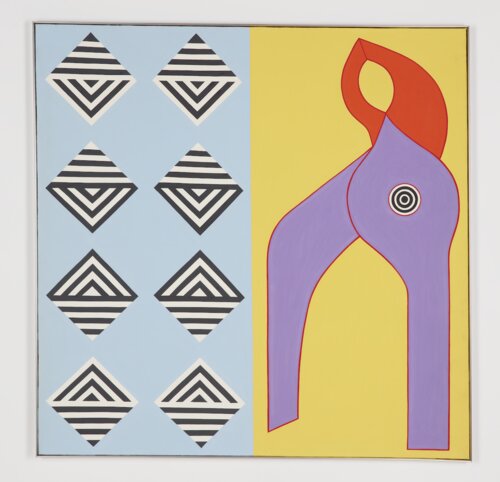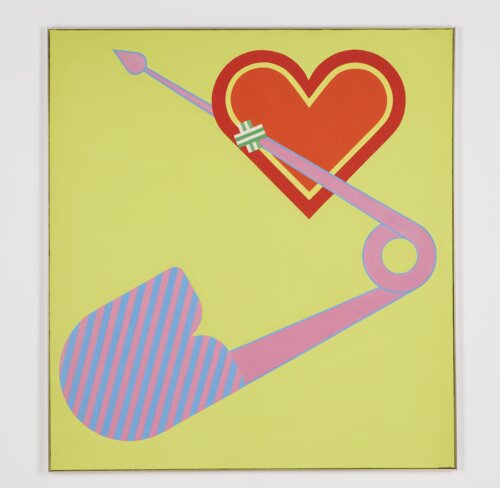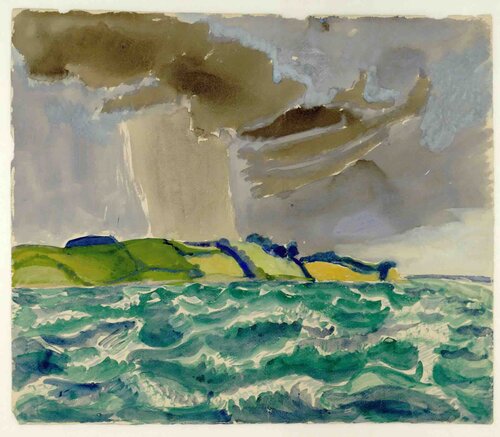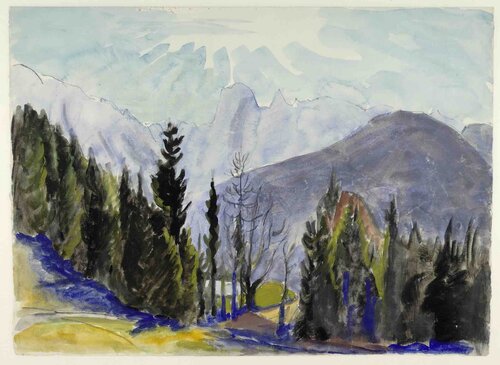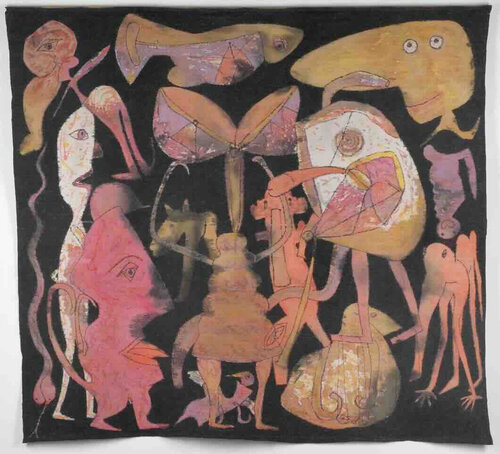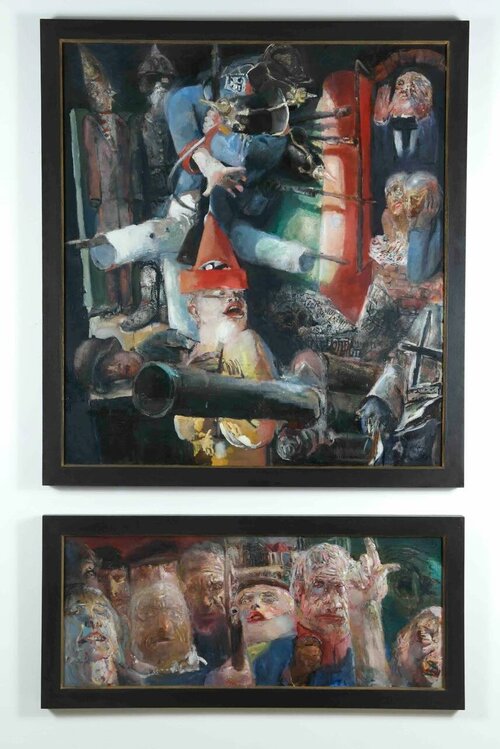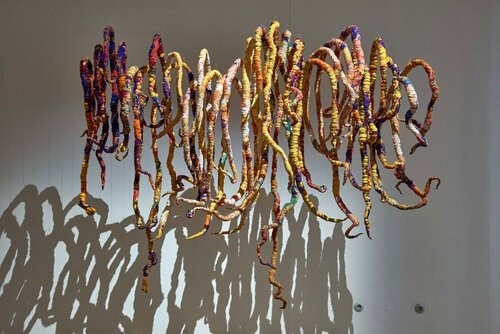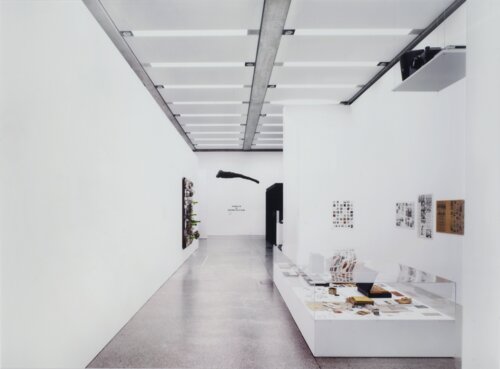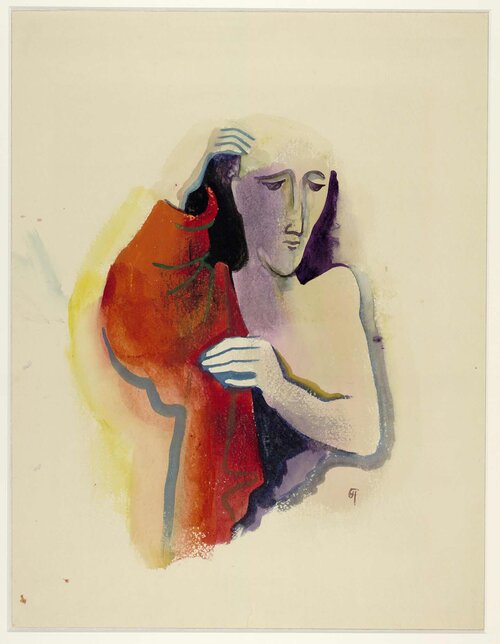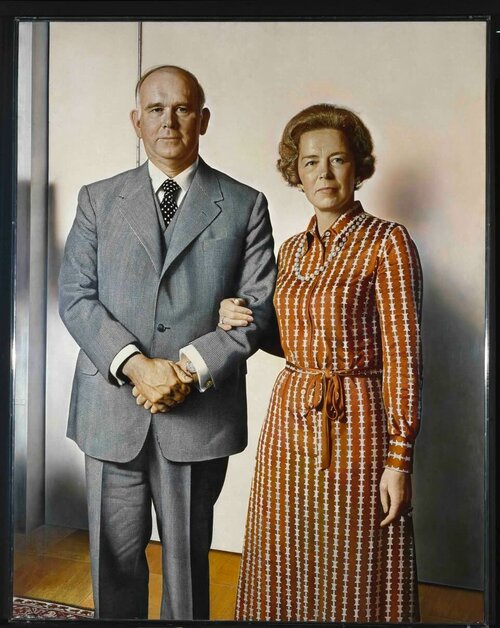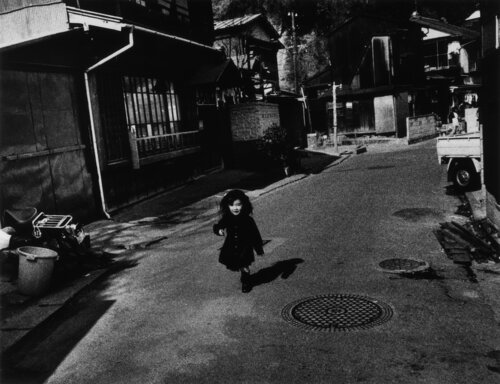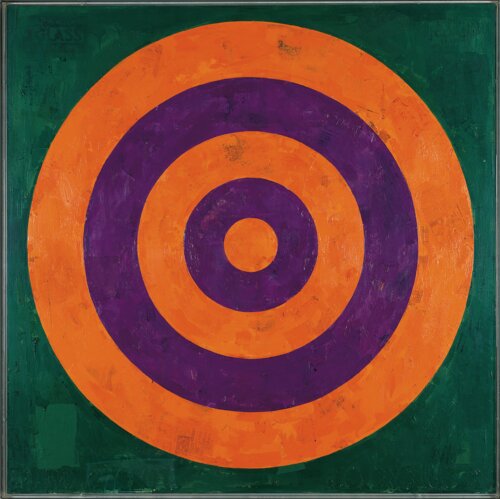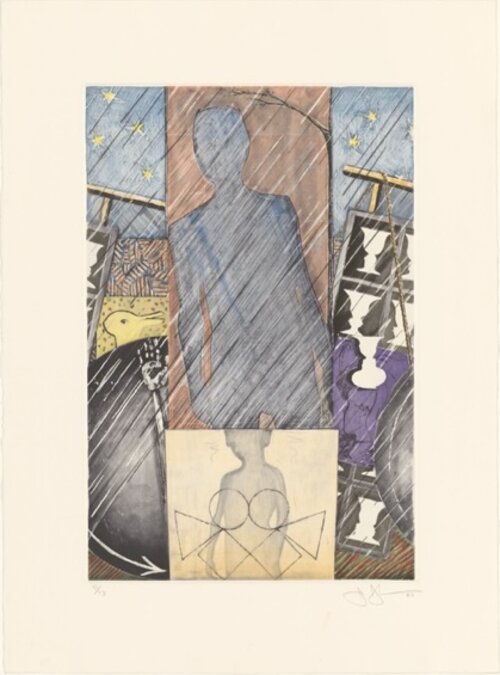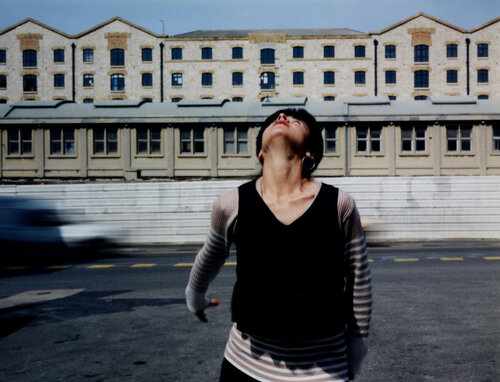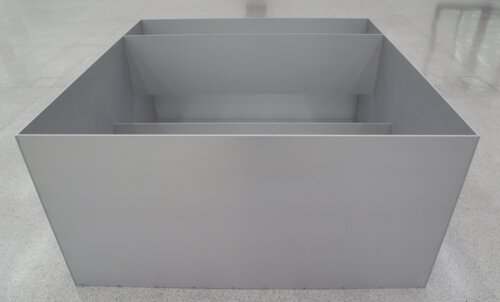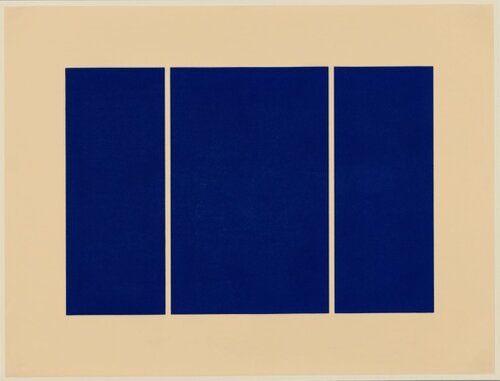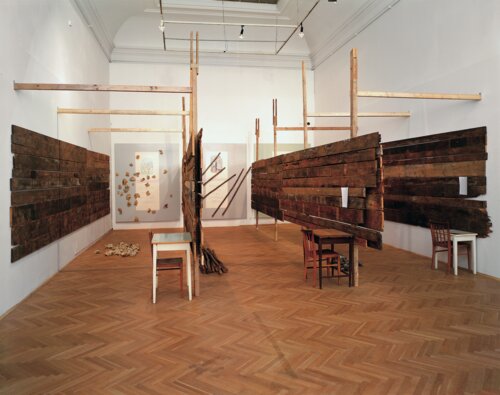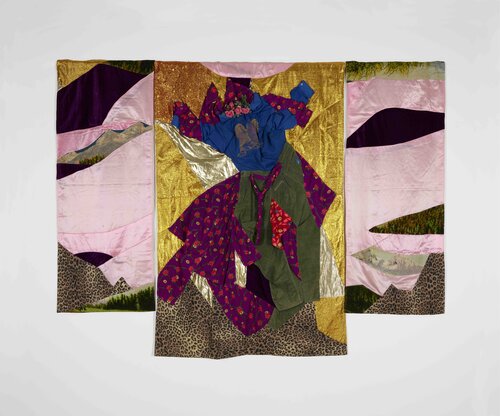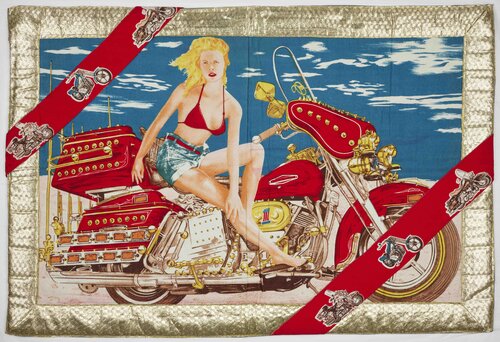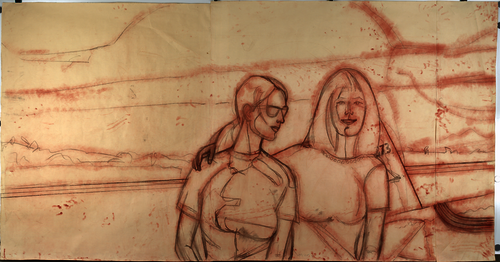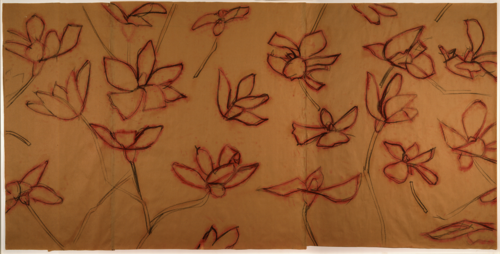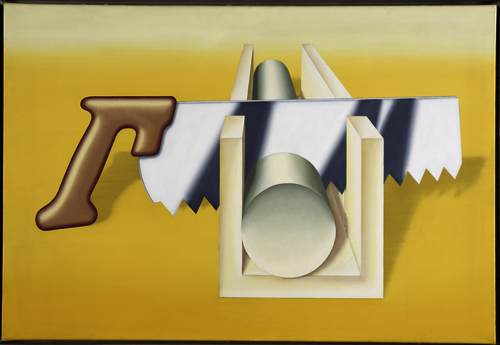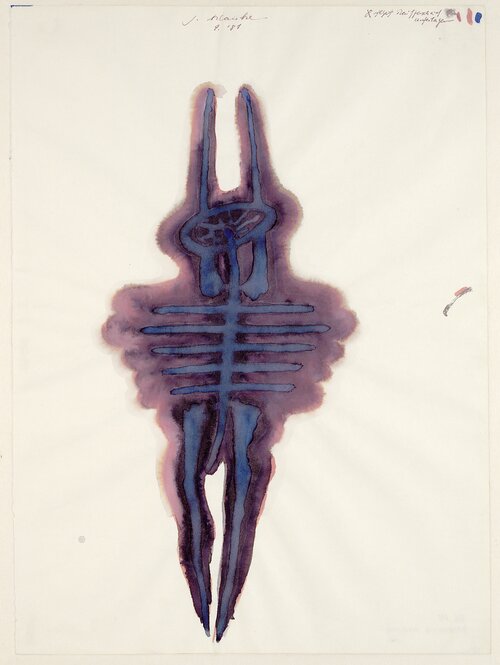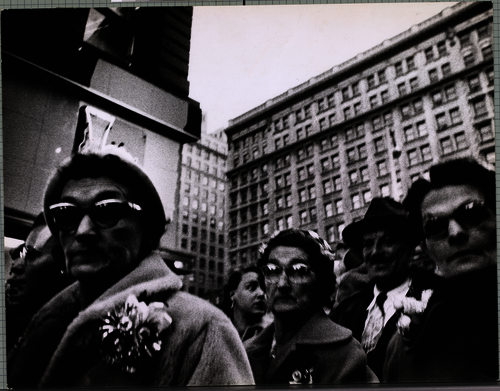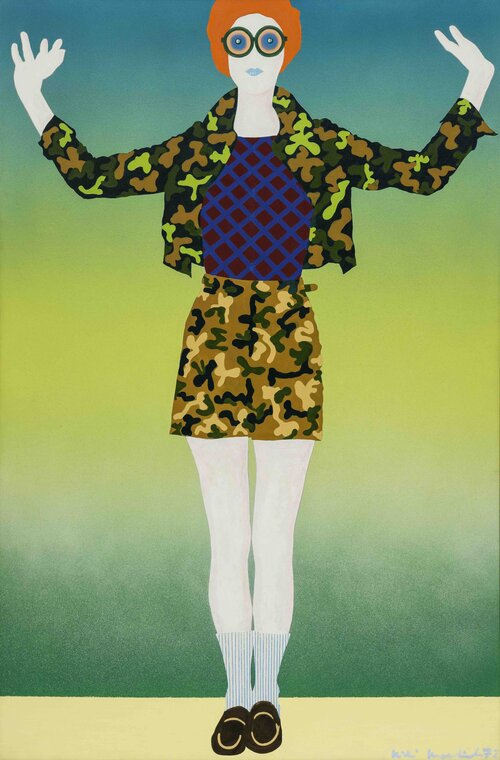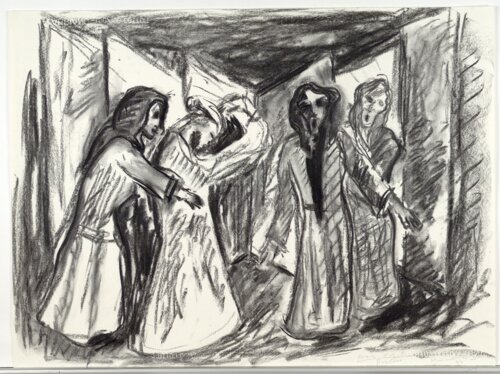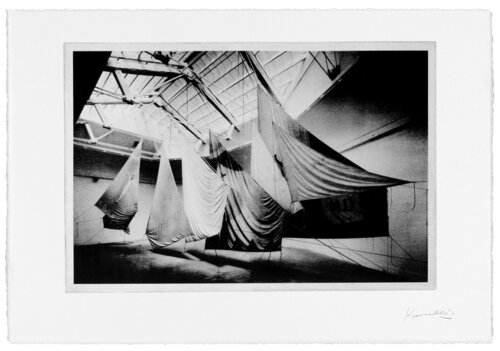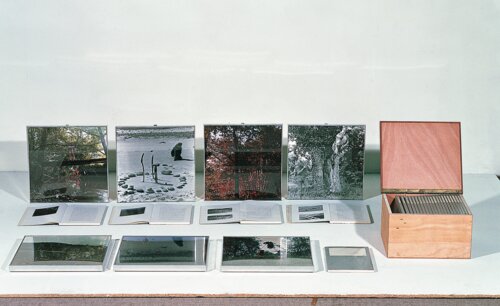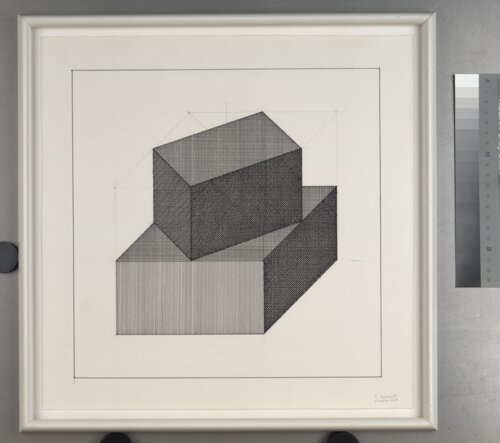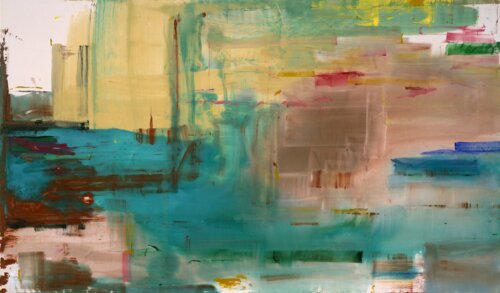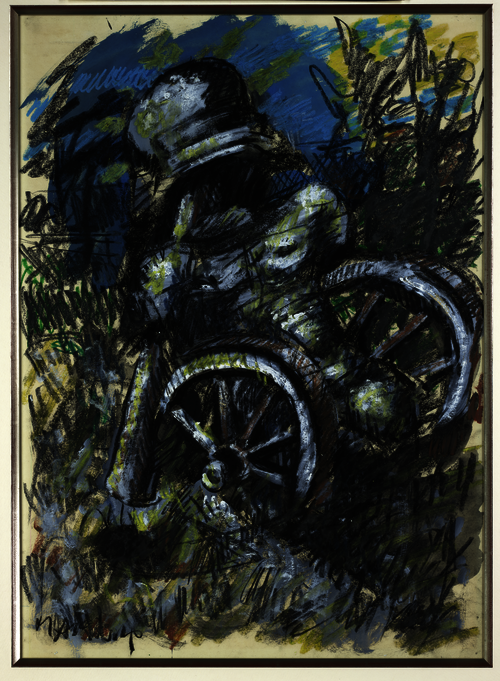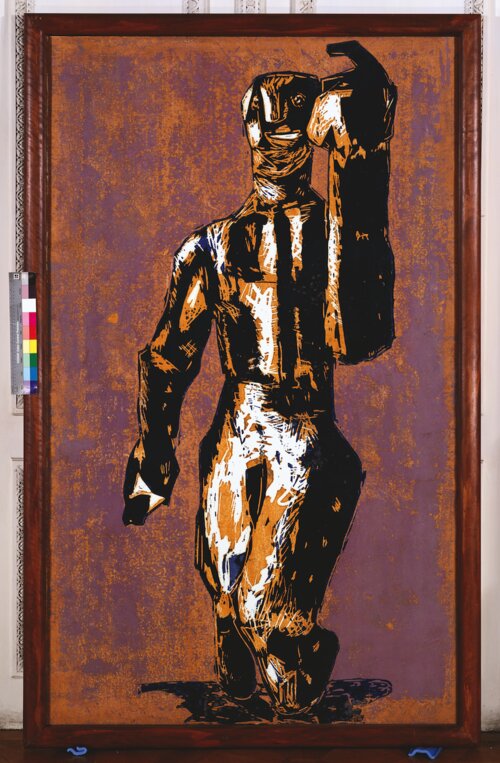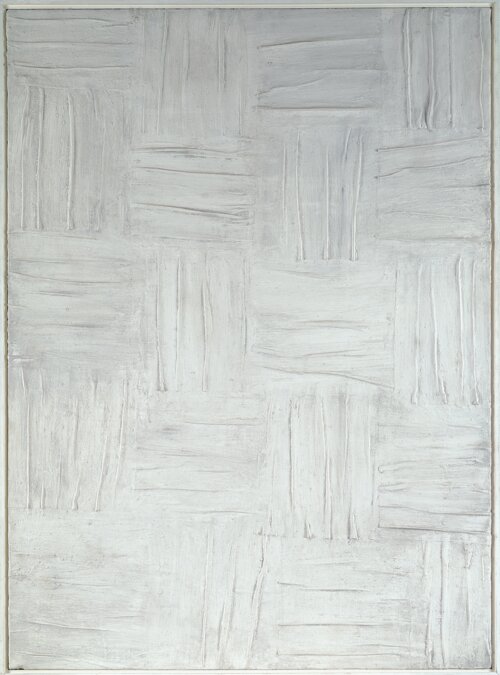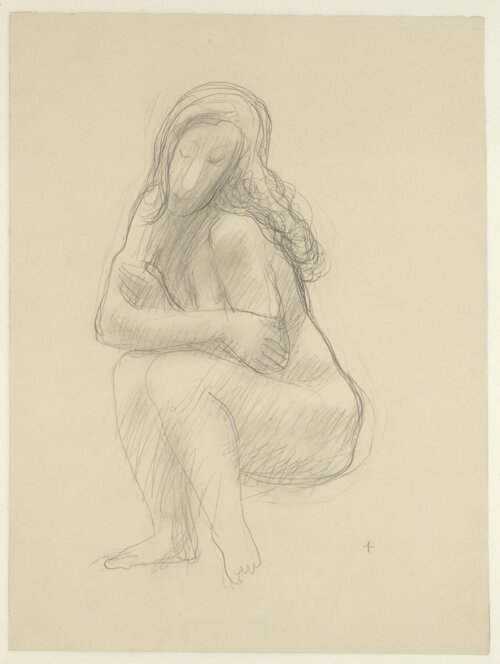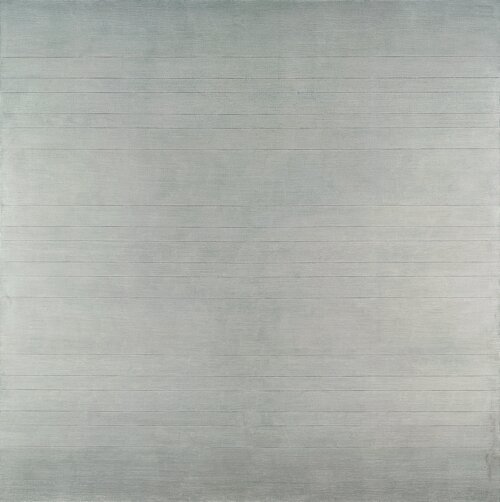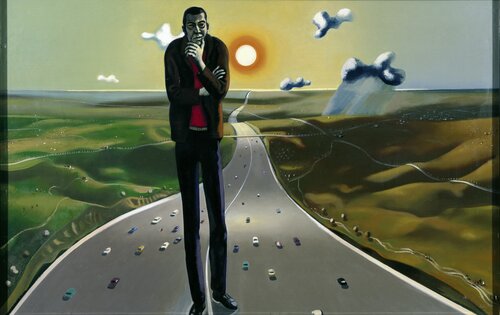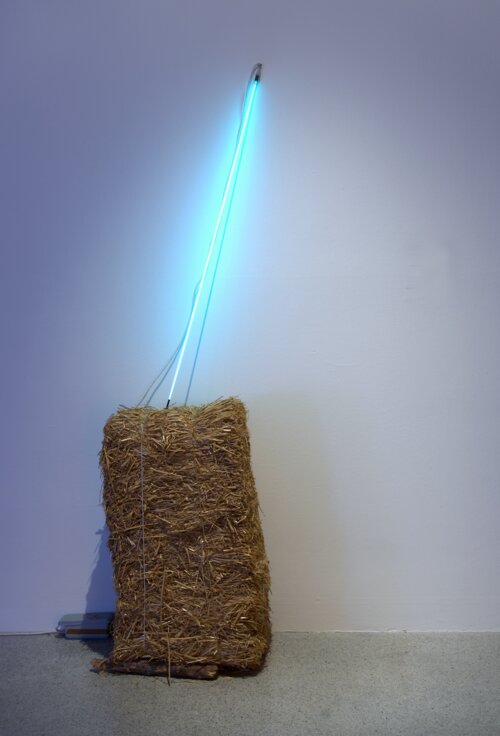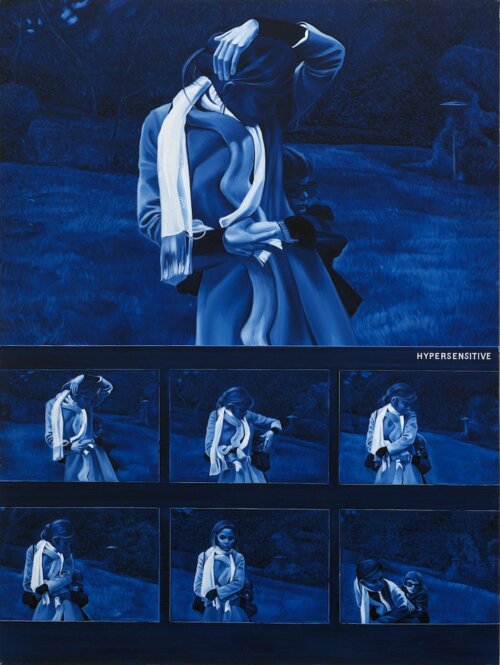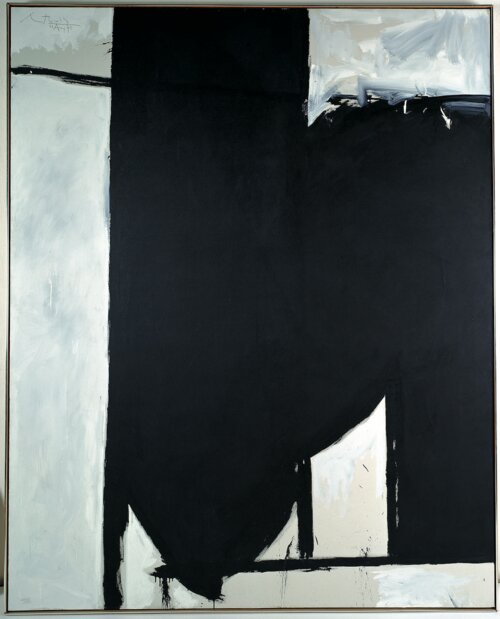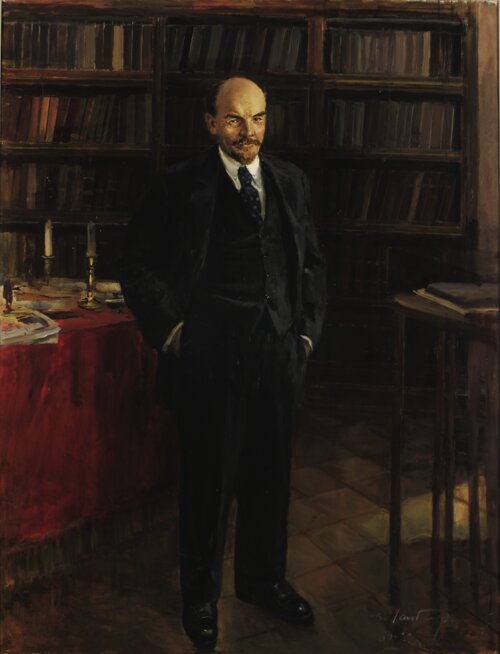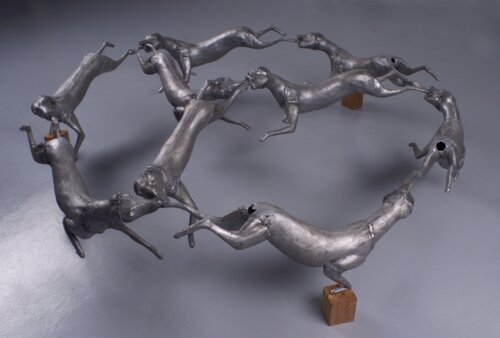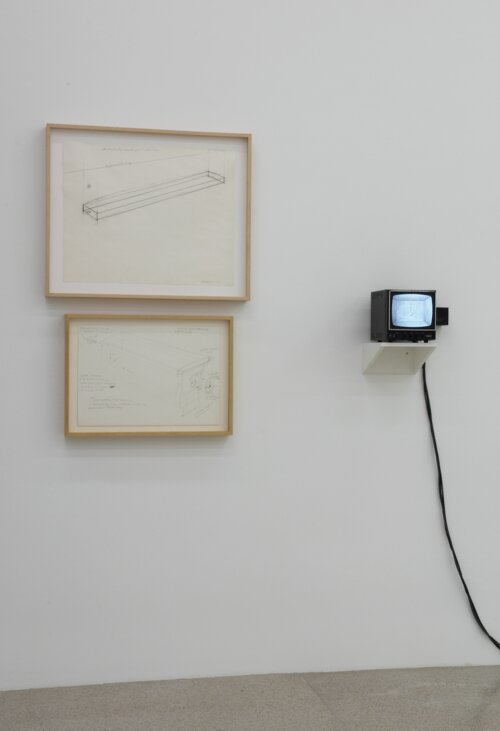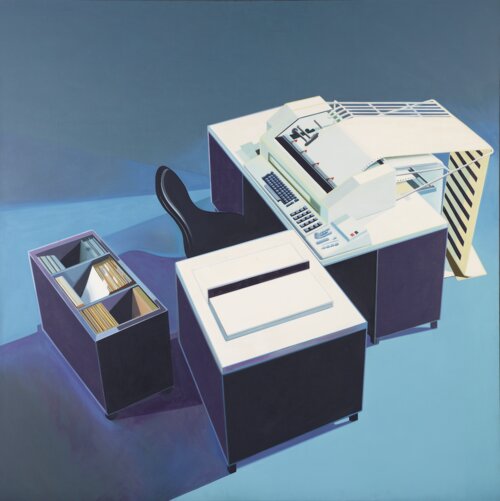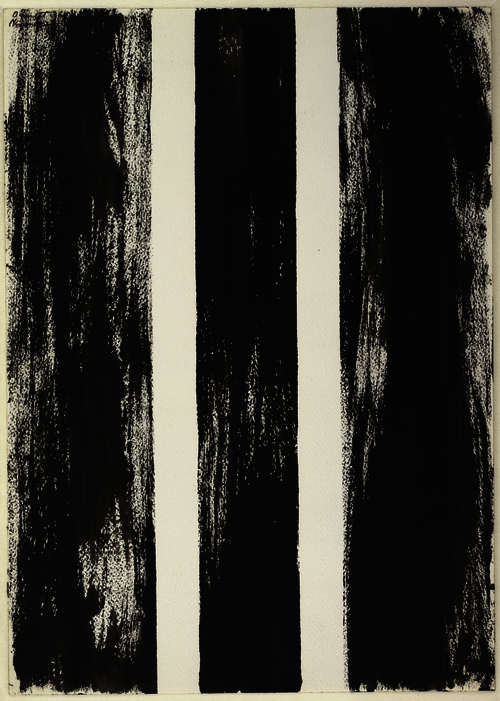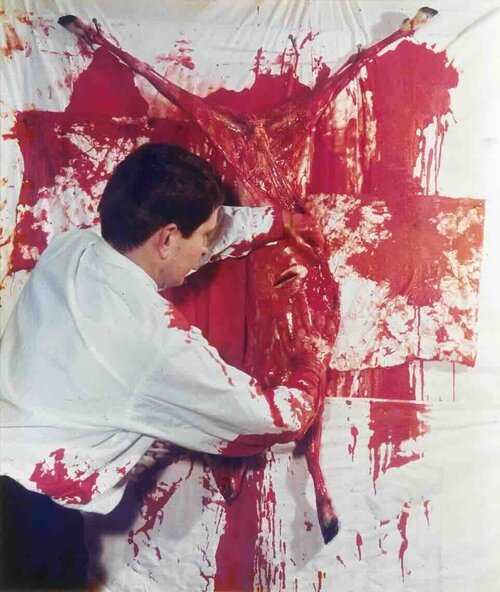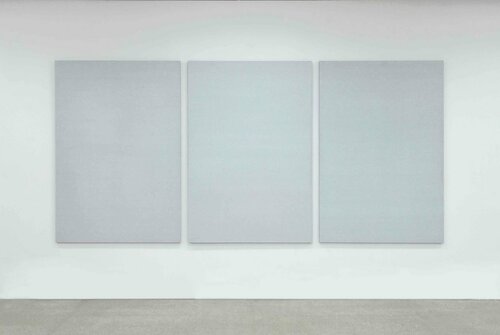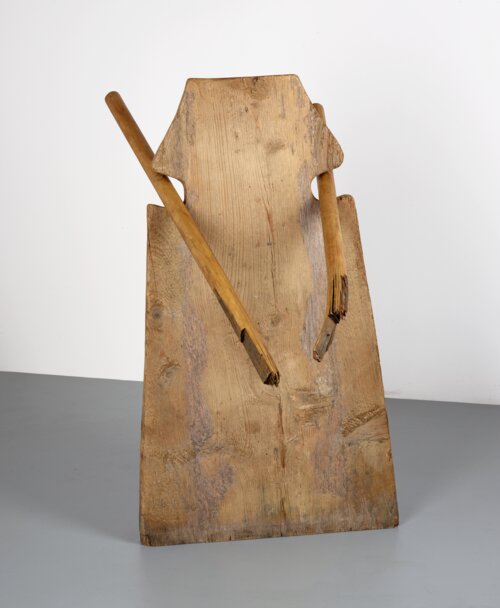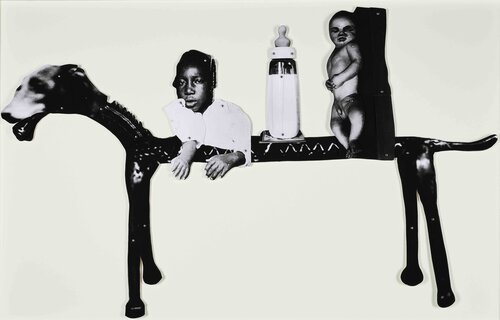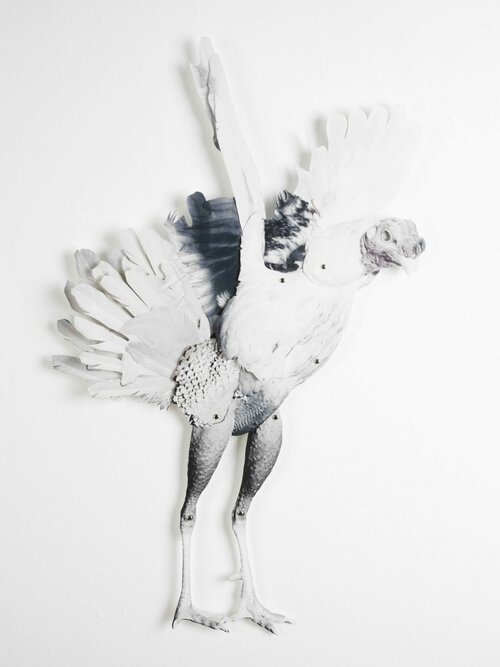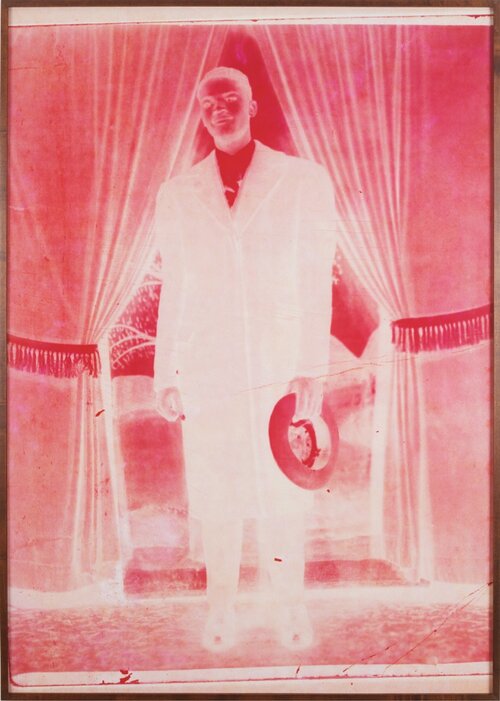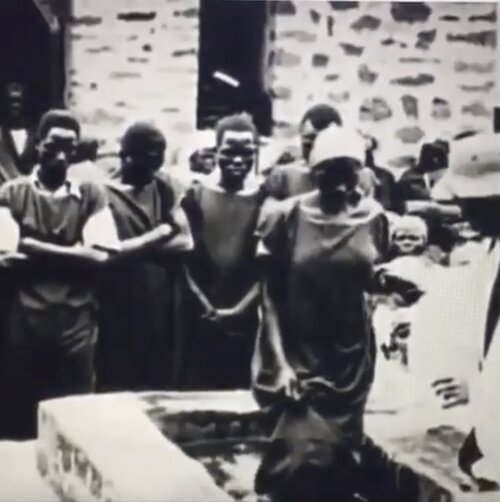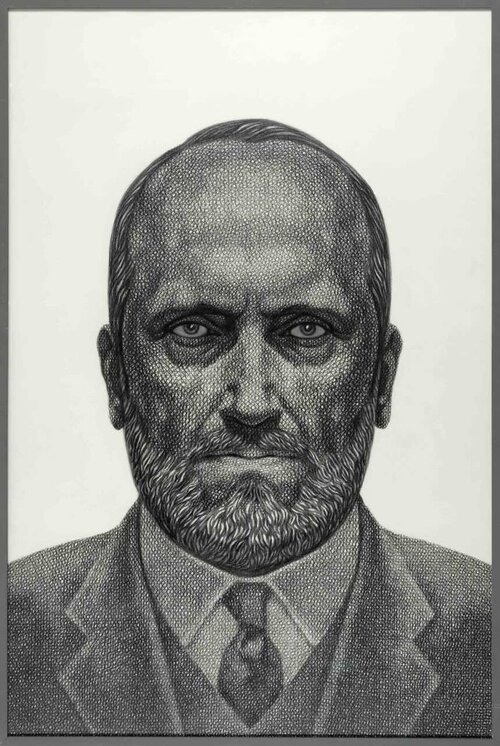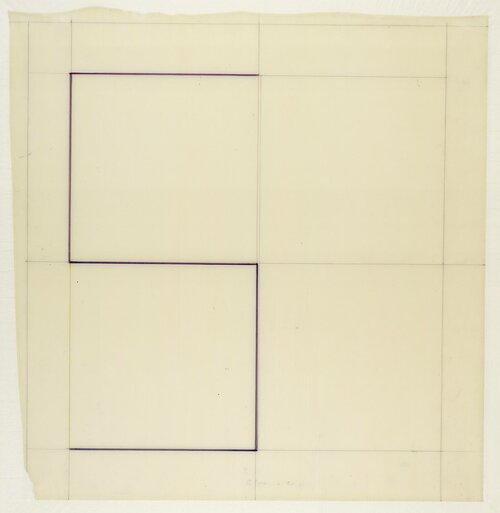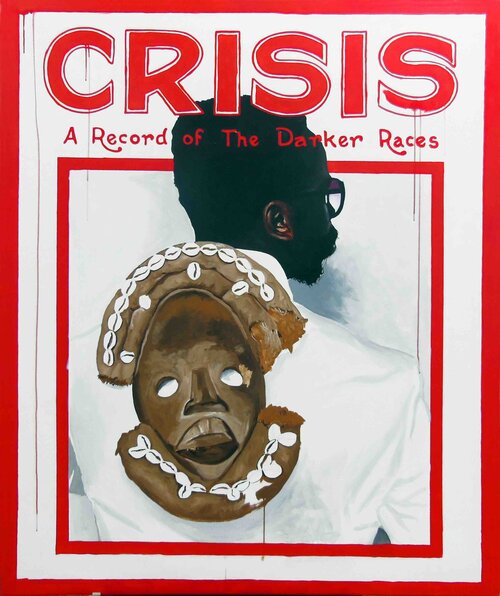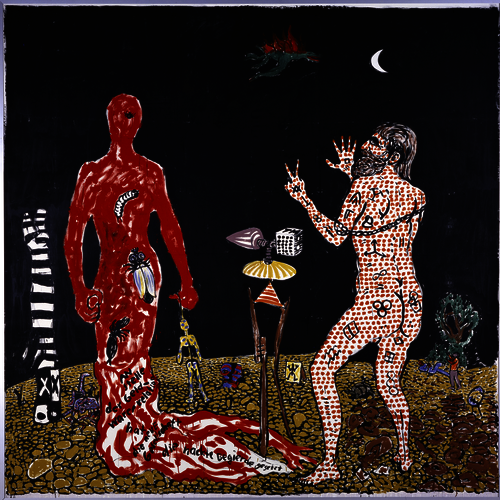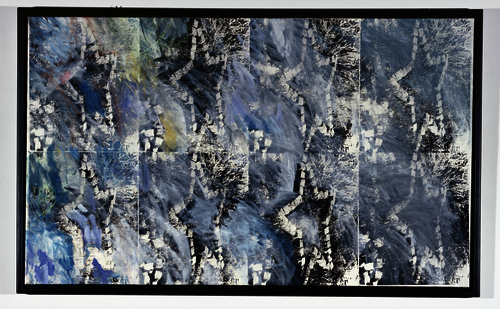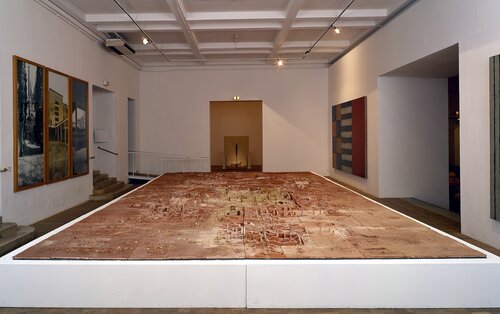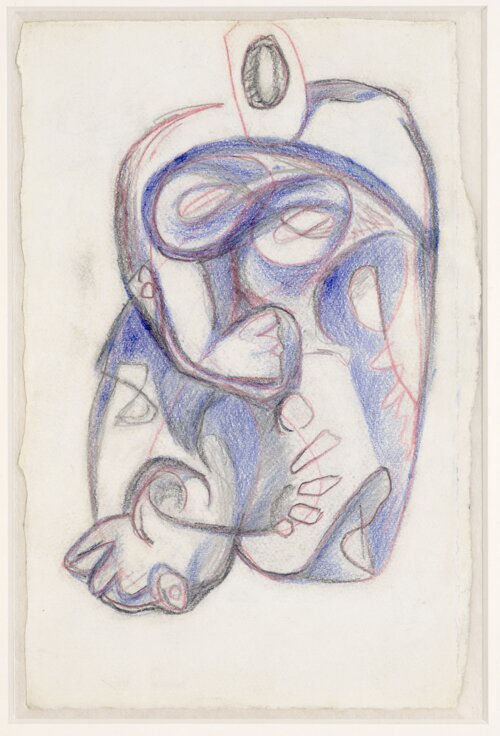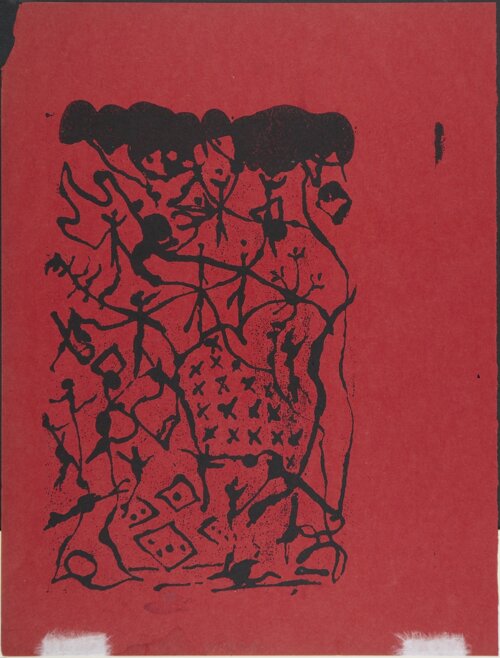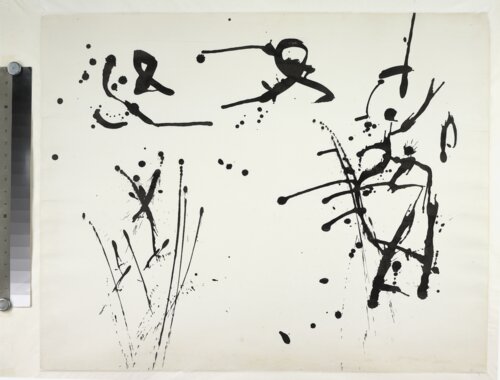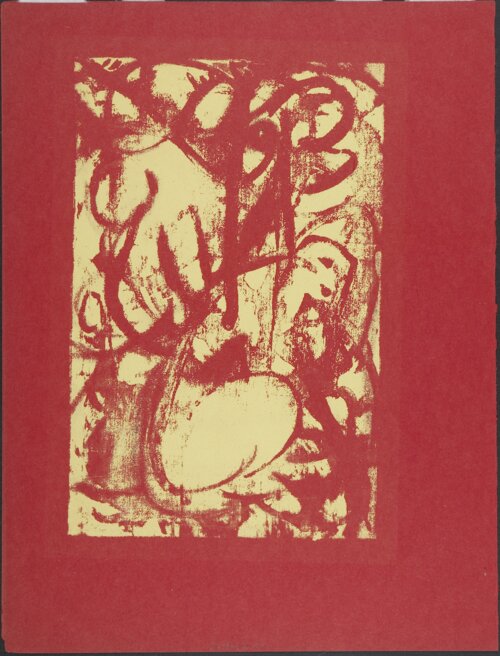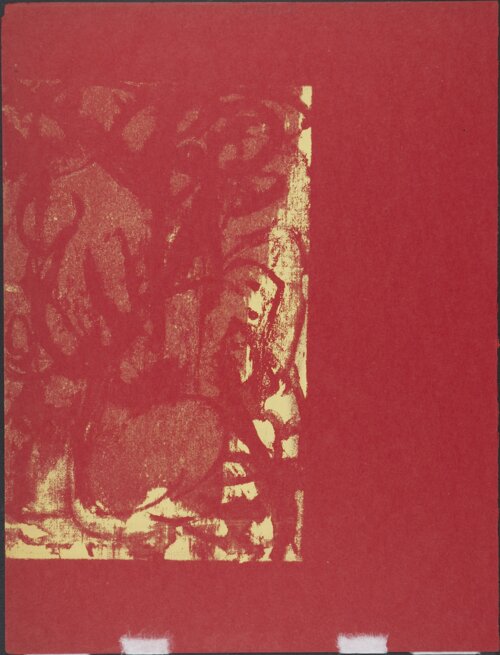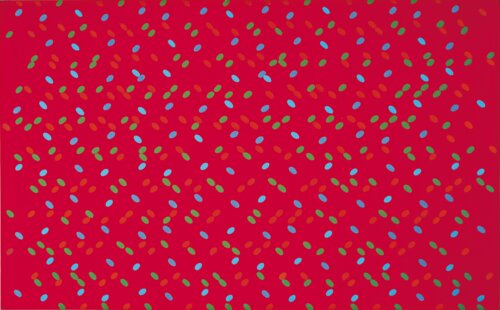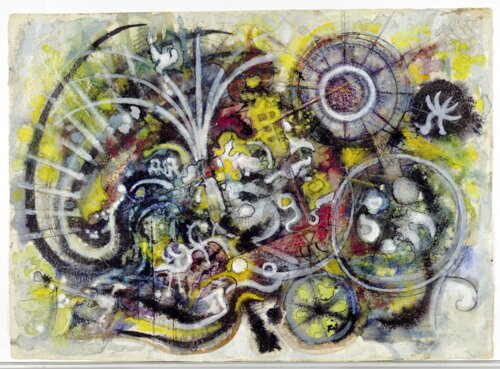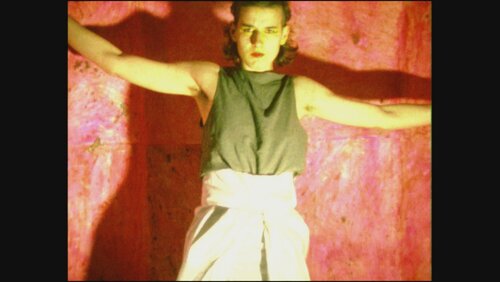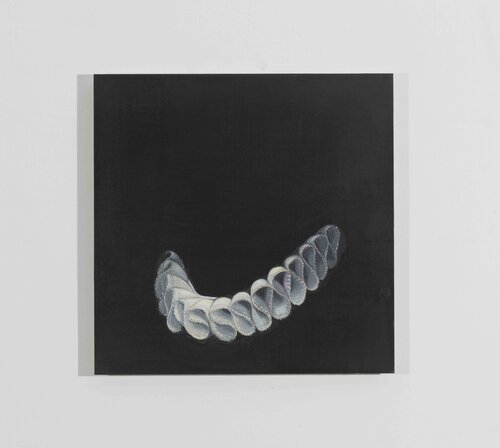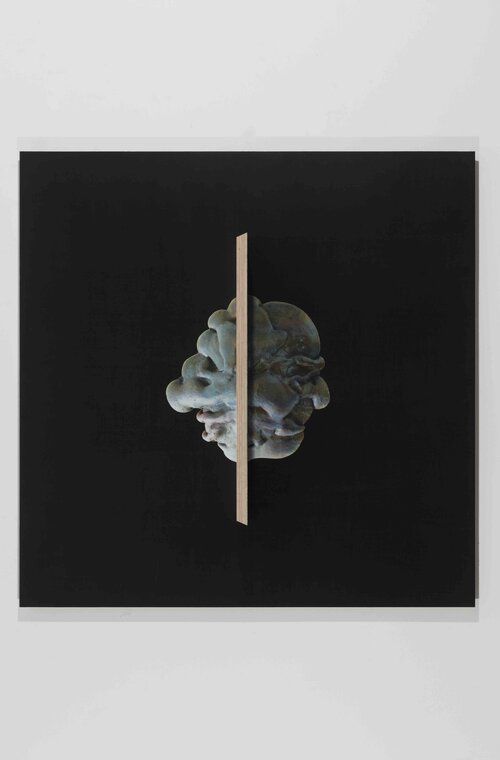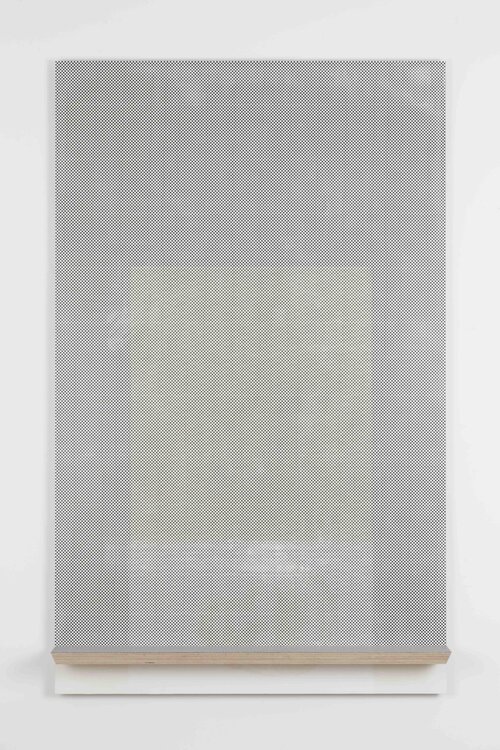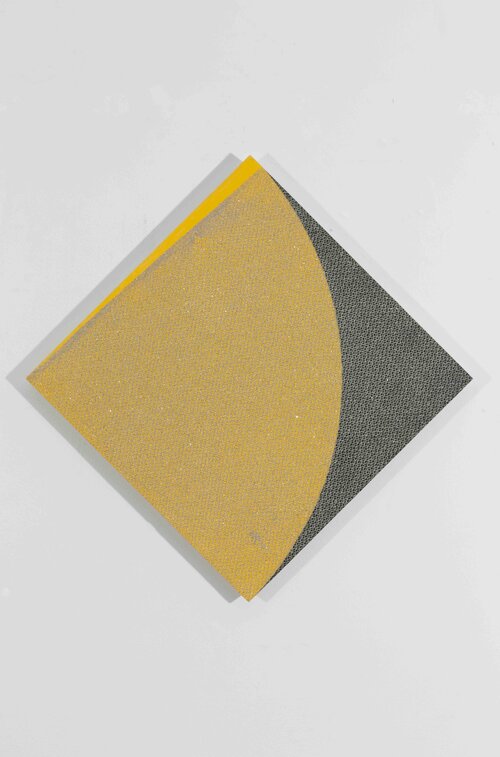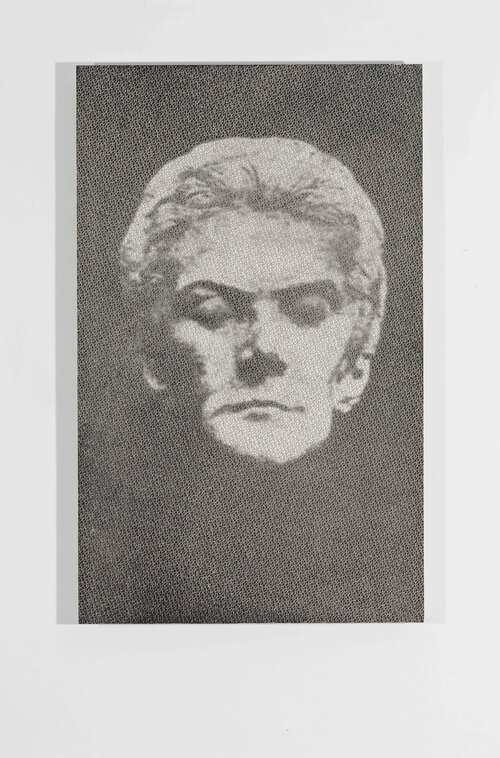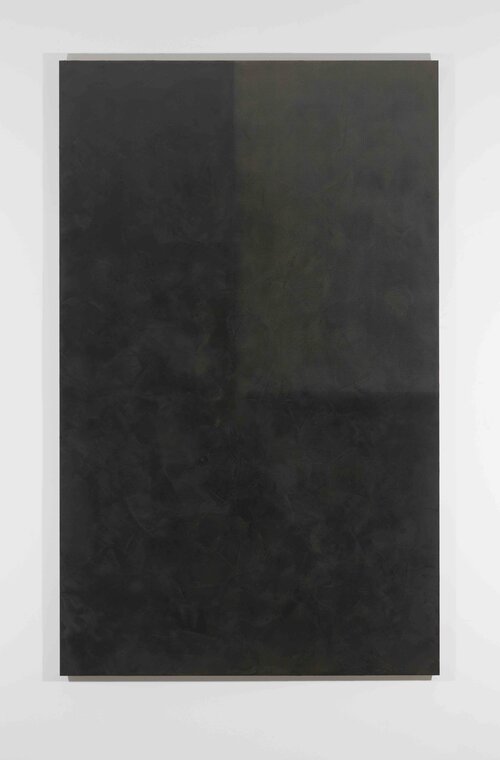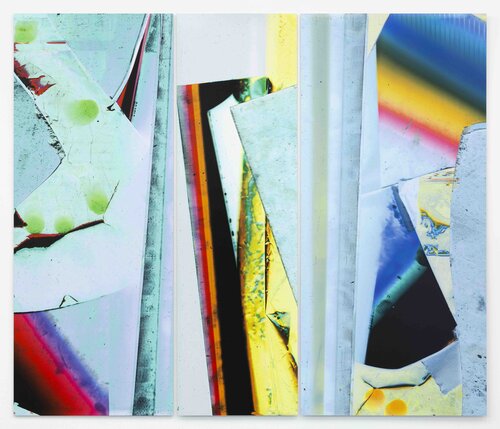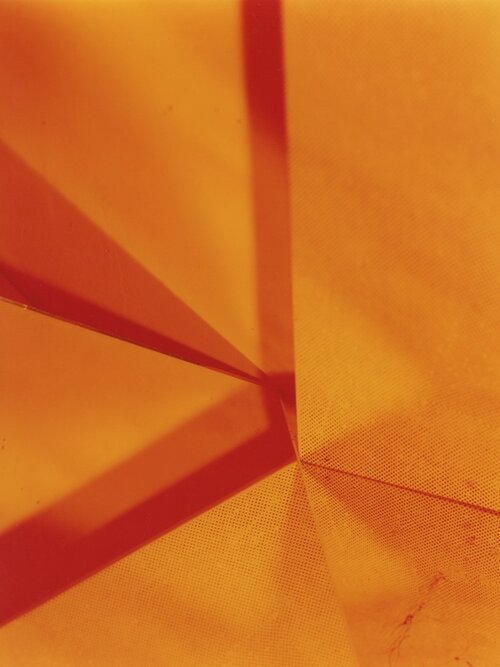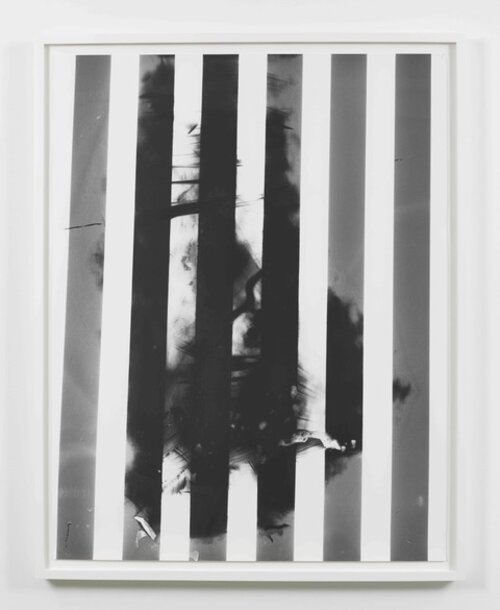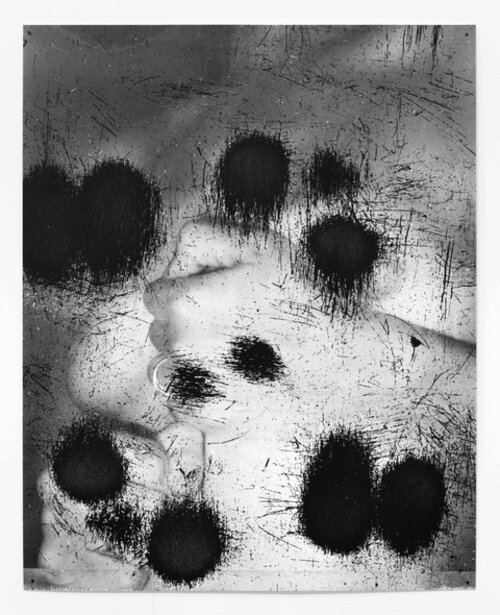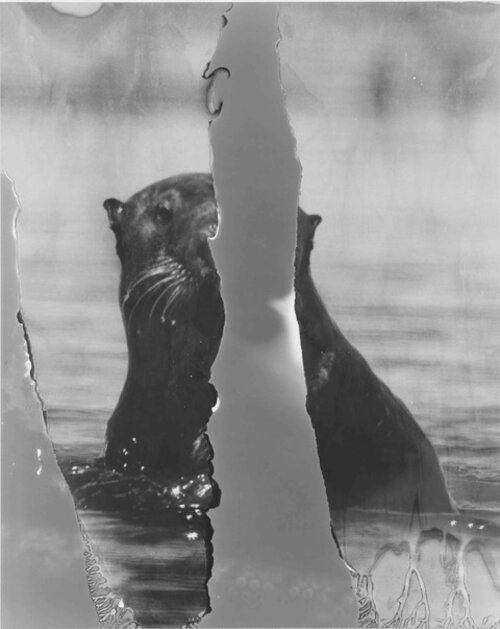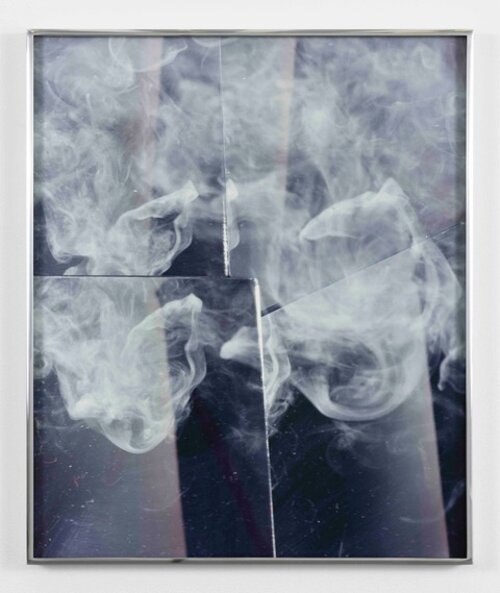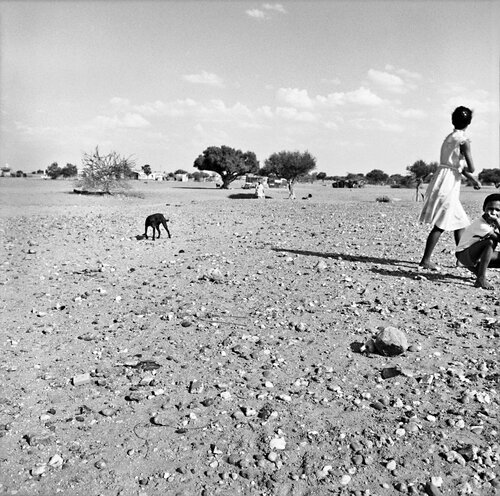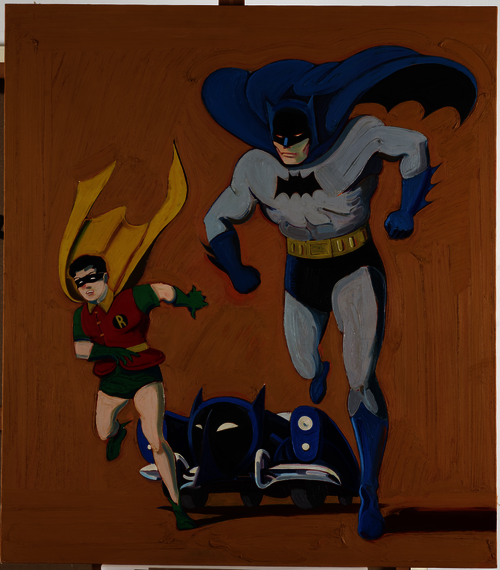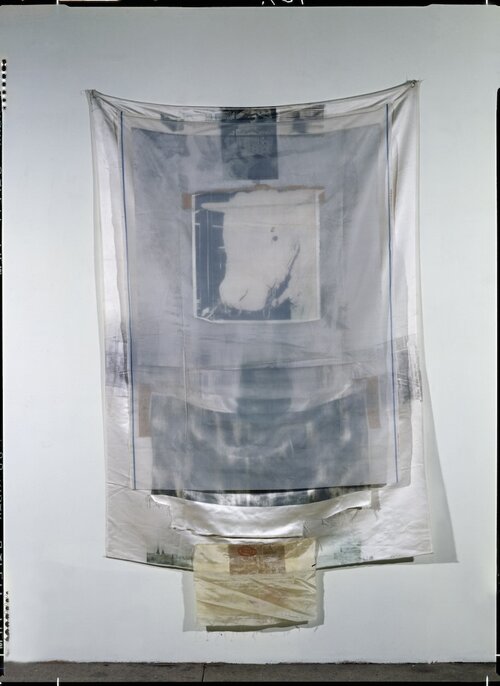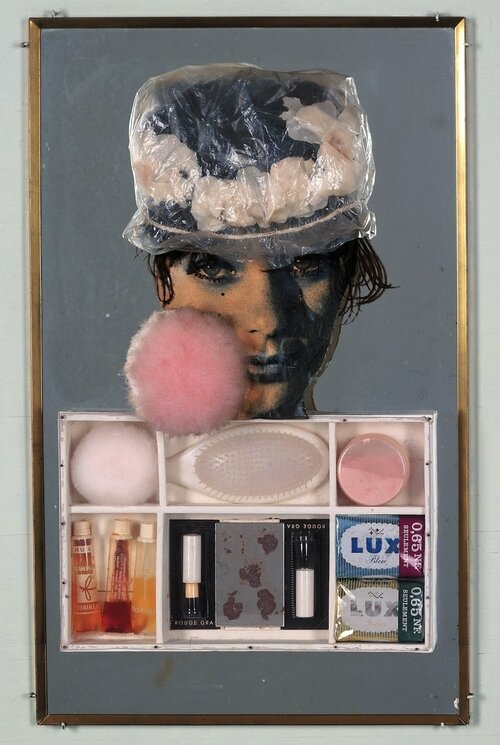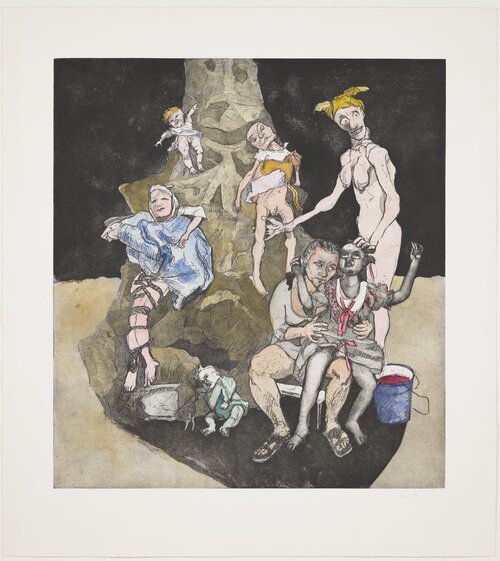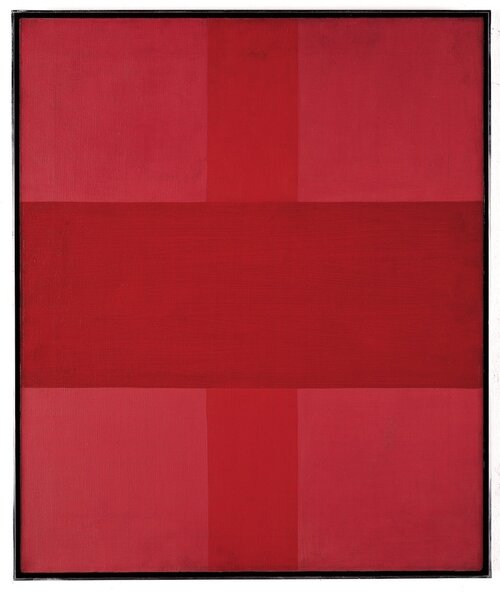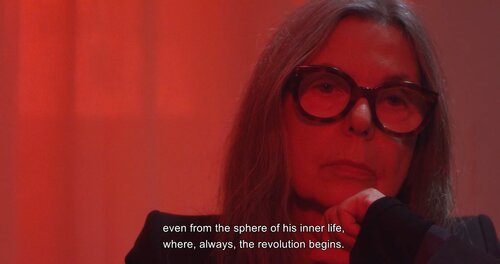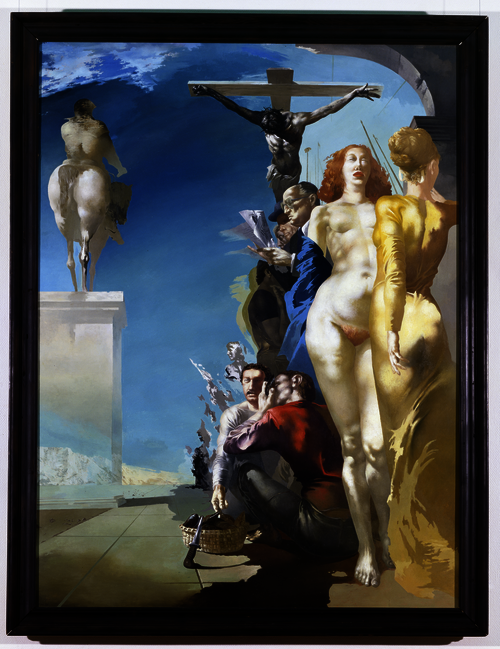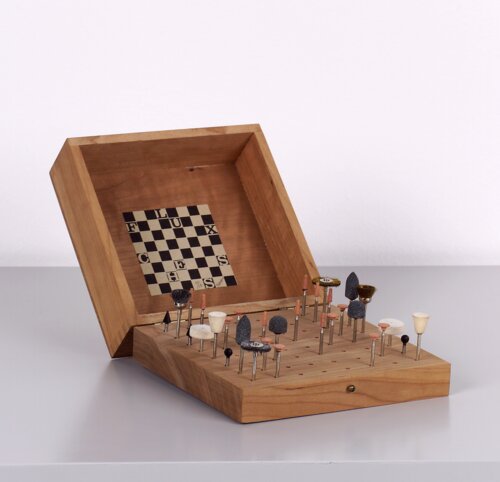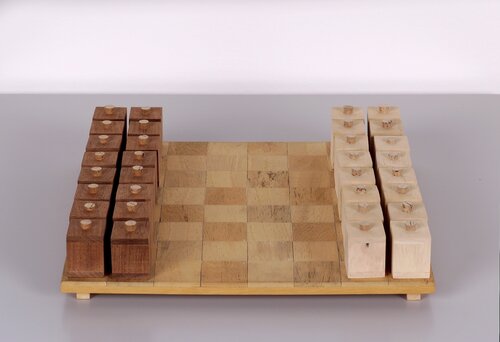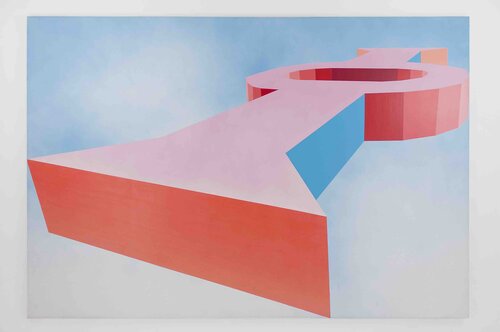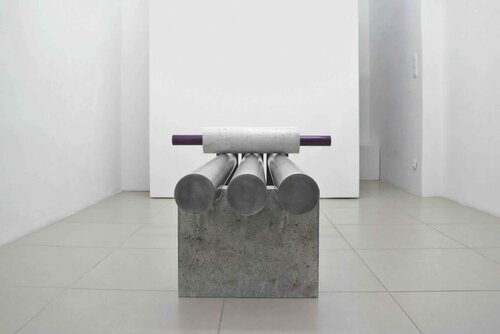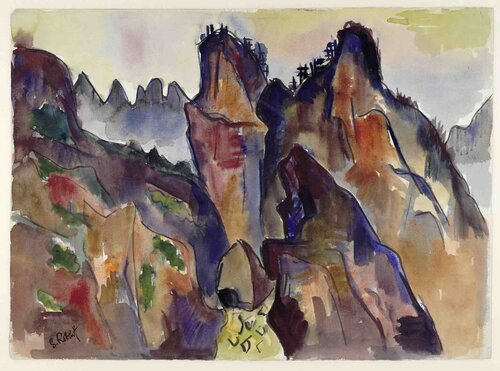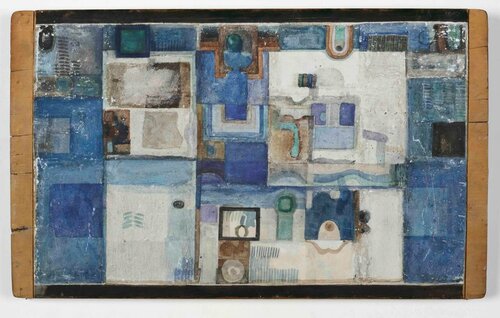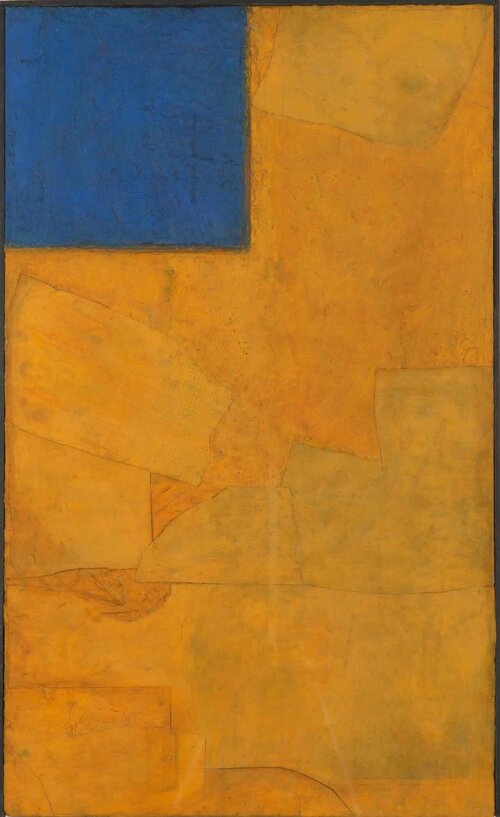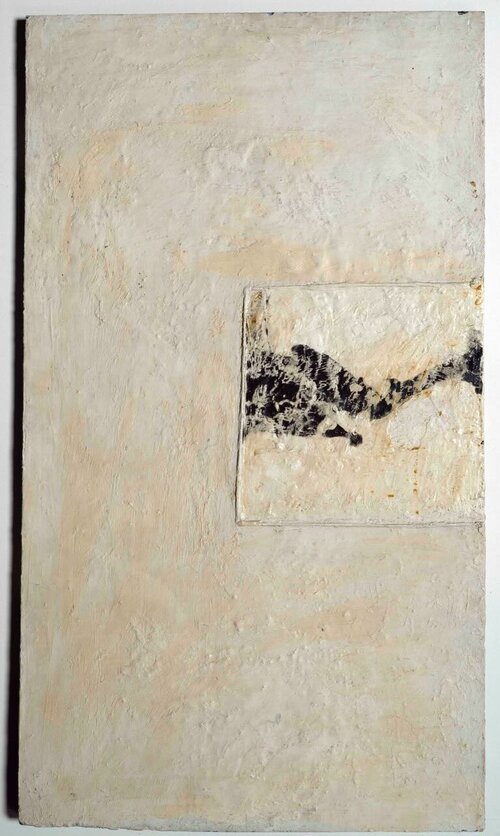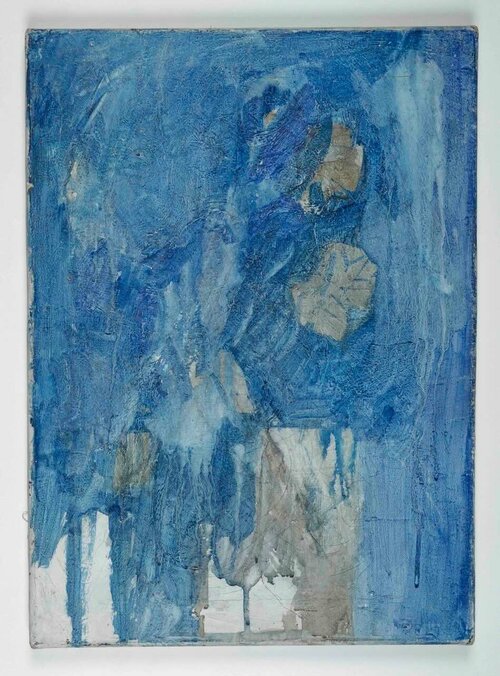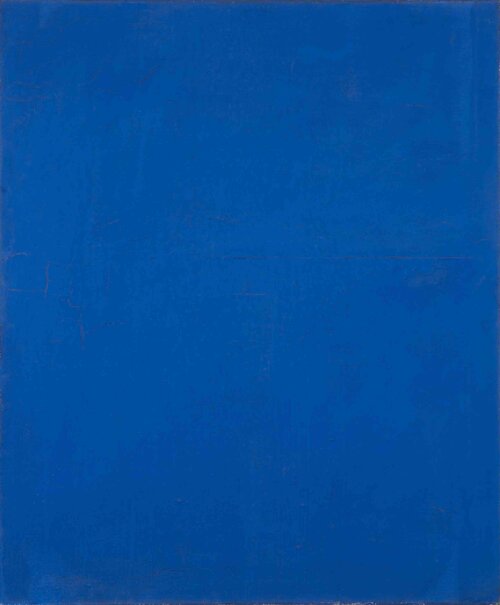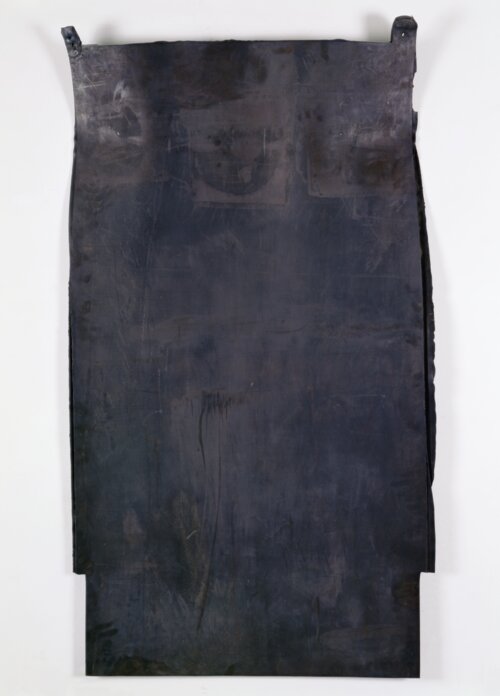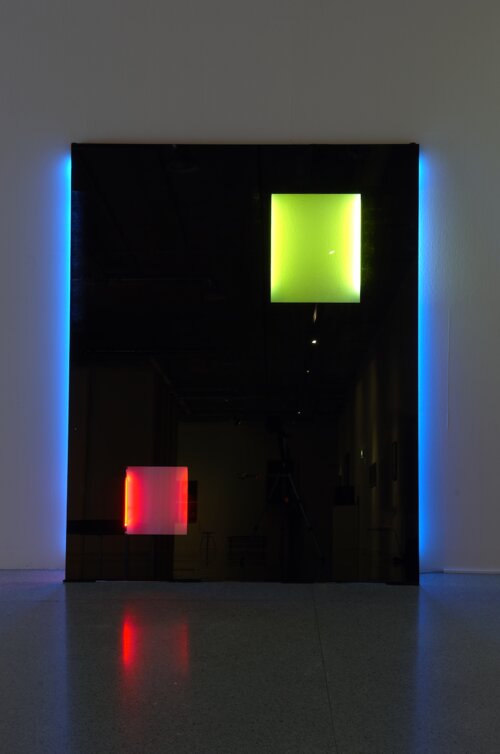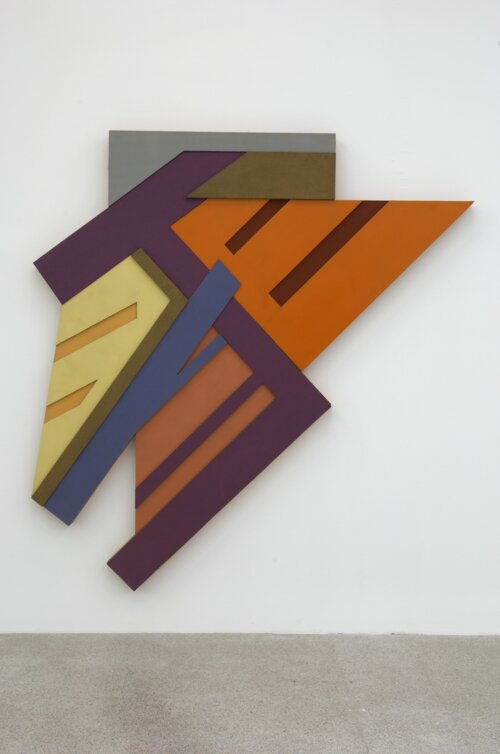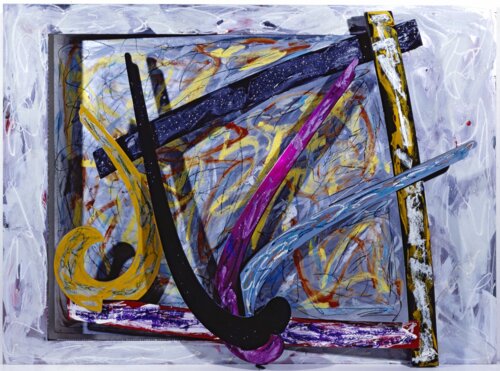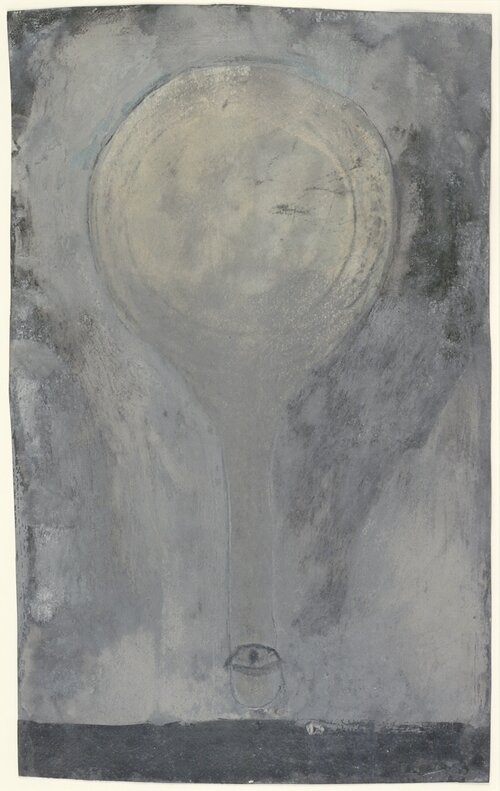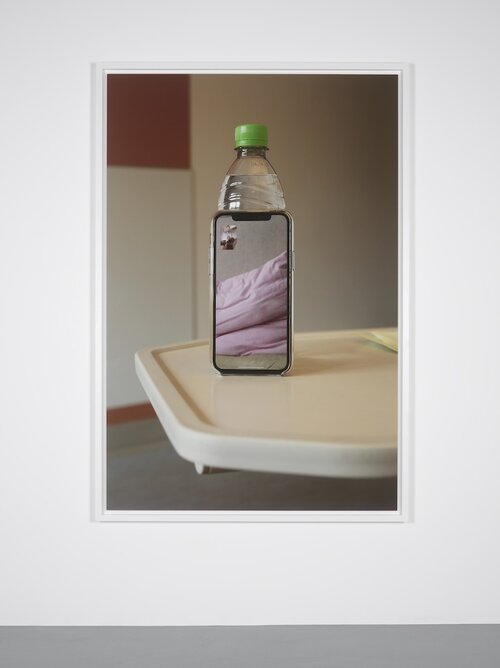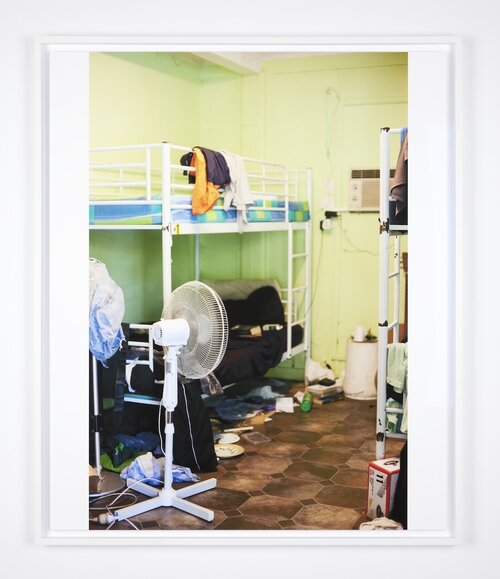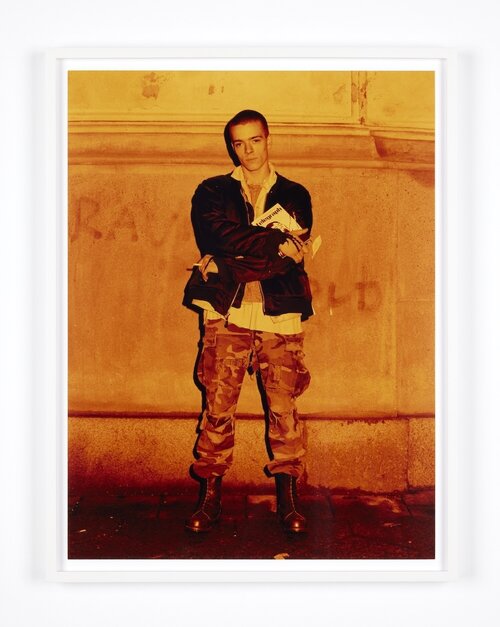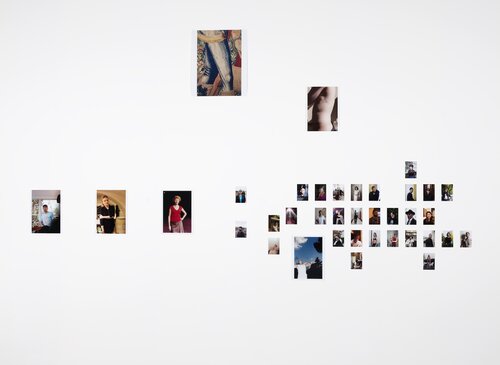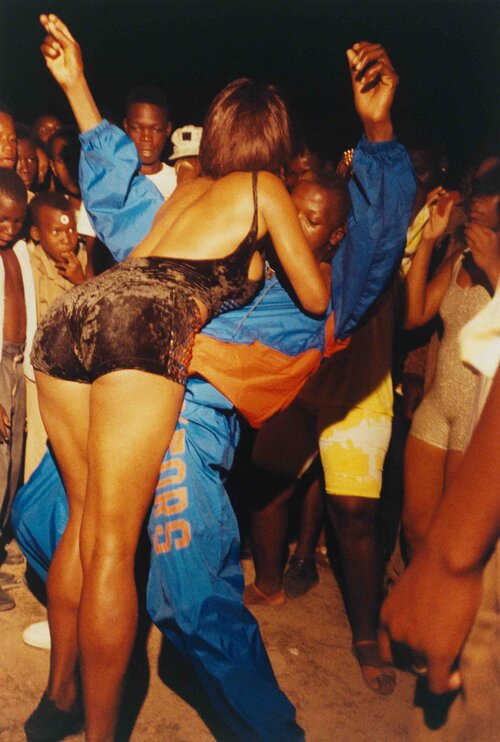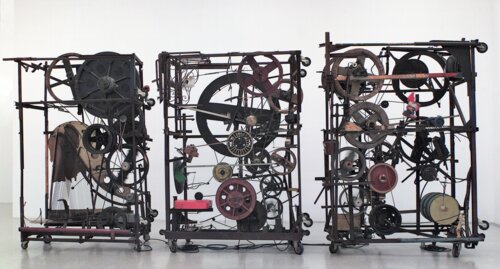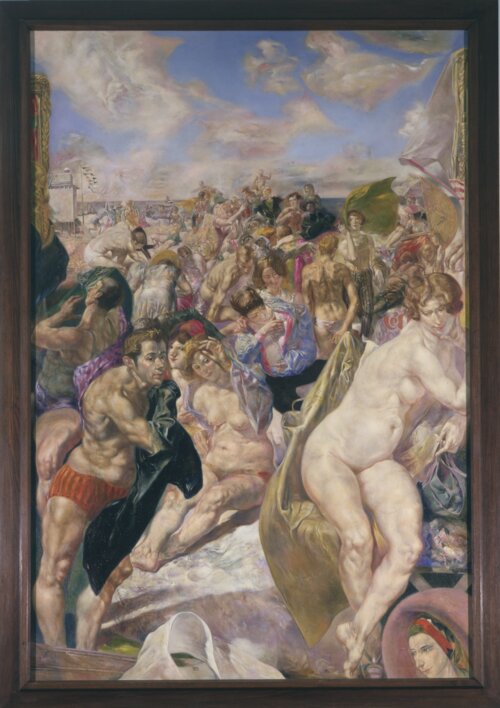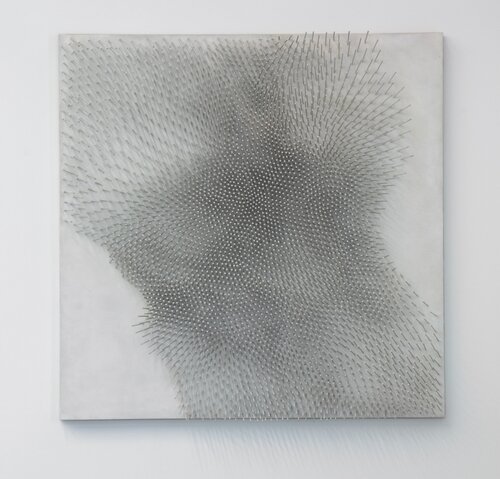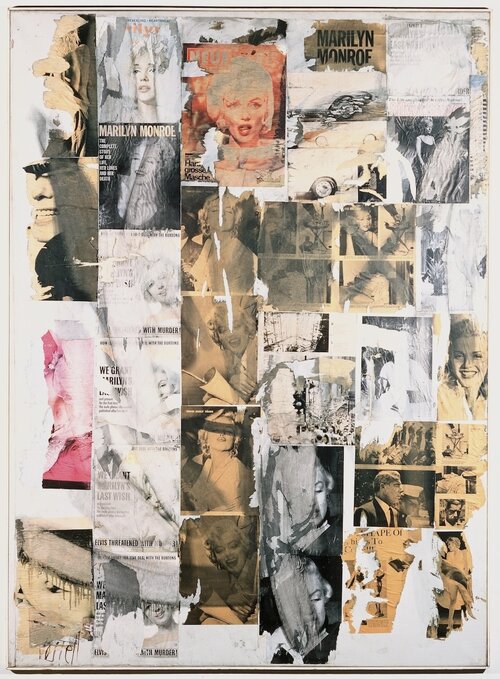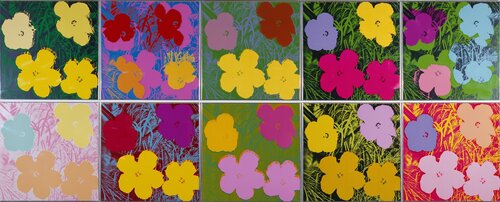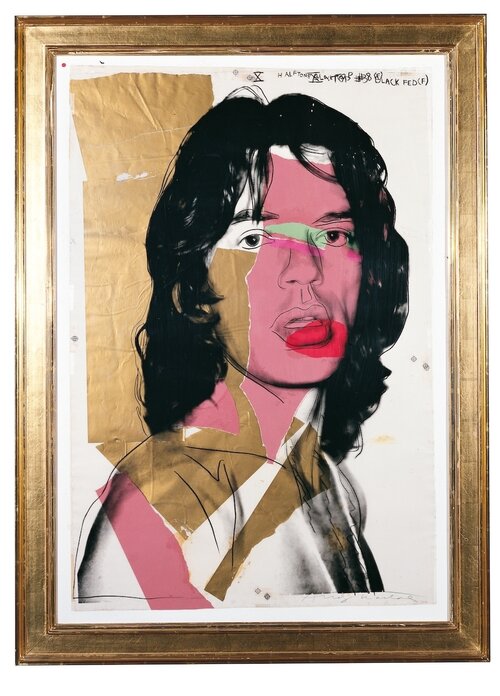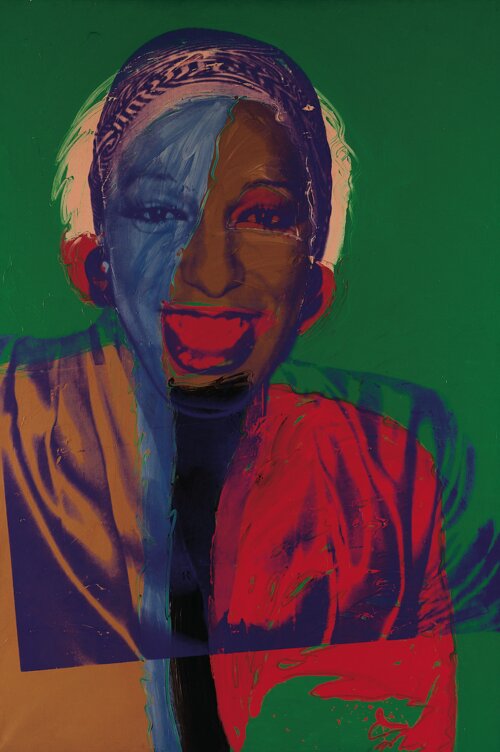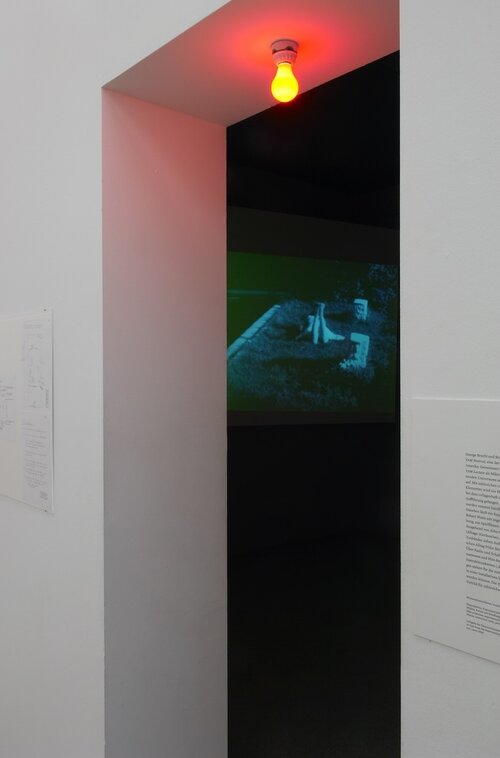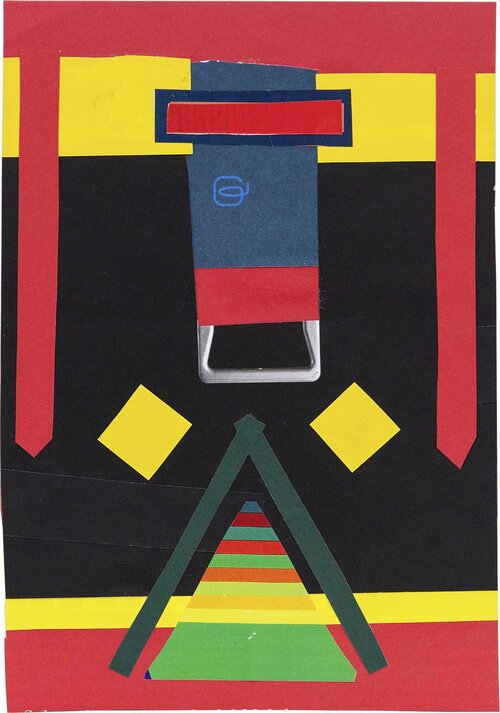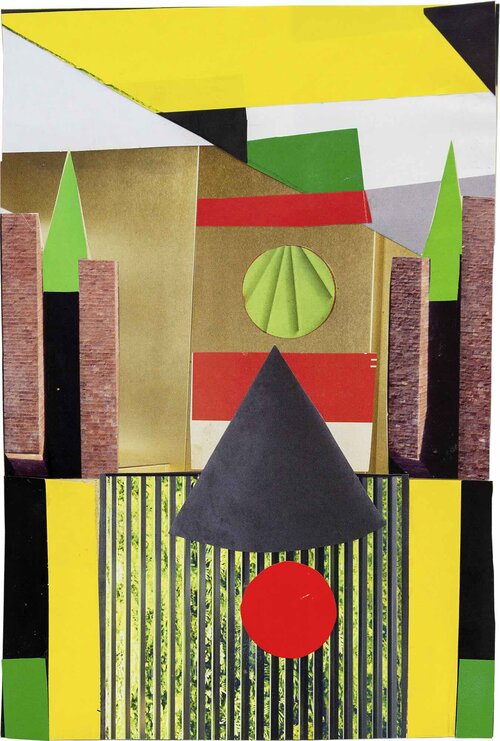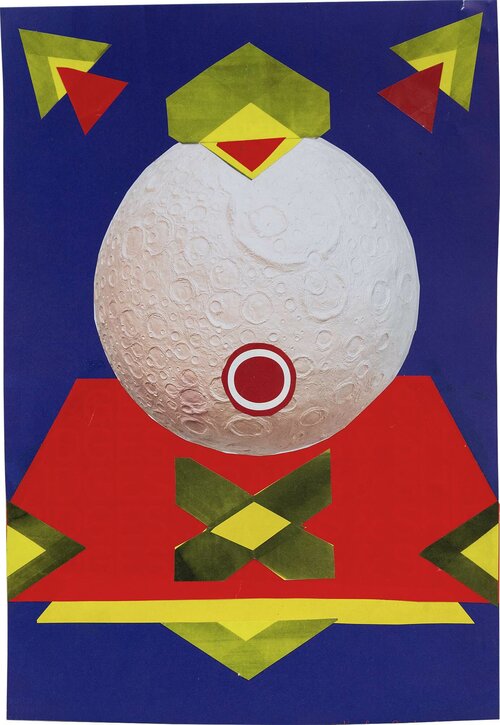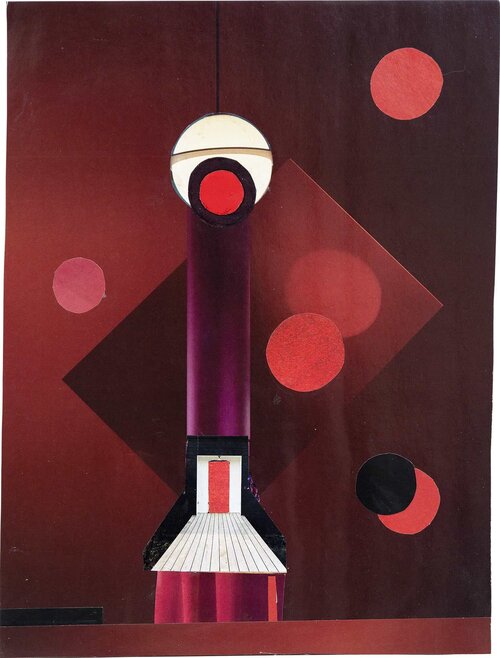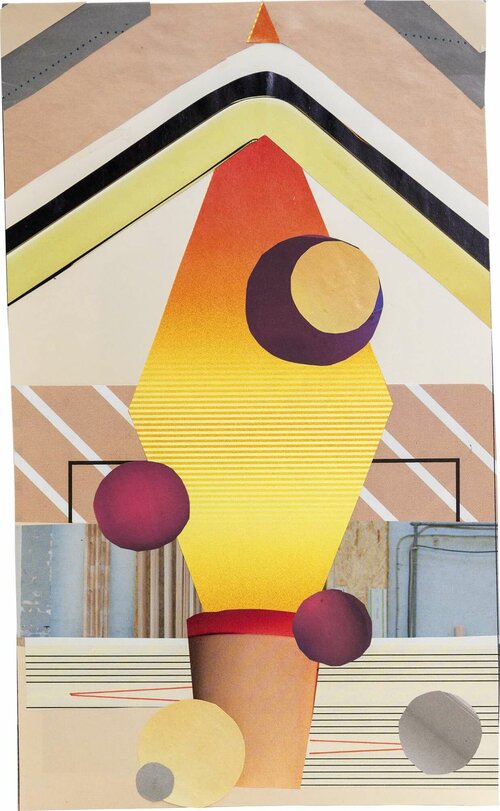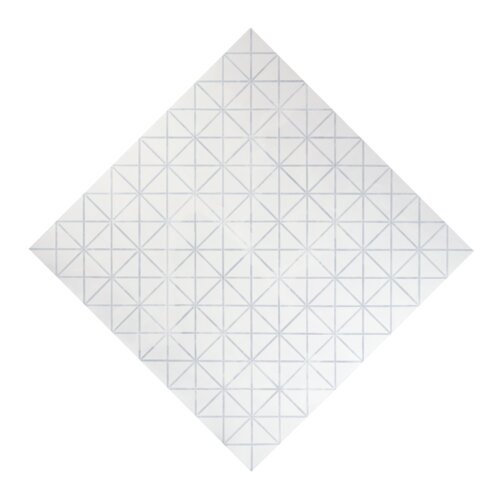One Collection, Many Voices:
The Collection of the Austrian Ludwig Foundation
The highly diverse collection of the Austrian Ludwig Foundation represents a section of art history from late modernism to the present day, shaped by the many people who contributed to its expansion over the course of more than four decades. The collection begins with the German collectors Peter and Irene Ludwig, who donated a total of around 230 works to the Foundation—which had been set up specifically for this purpose in 1981. Currently comprising around 1000 works of art, the Foundation’s collection is on permanent loan to Austria’s public museums and institutions—especially mumok—and is steadily growing thanks to regular acquisitions.
Read more on building the collection
Research Season 2025/26
Back Next


Yto Barrada
Tree Identification for Beginners
2017
mumok
Tree Identification for Beginners is a film installation in which Yto Barrada (*1971) refers to her Moroccan mother’s first journey to the US in the mid-1960s. The US-visit her mother undertook as one of fifty students, was enabled by the American government as part of the African Youth Leadership Program. Aim of the tour was to transfer a positive image of American society to African students. The film combines voice-overs of Barrada’s mother, tour participants as well as historic figures, with stop-motion animations of Montessori educational toys.
This work was shown at mumok’s exhibition “Avant-Garde and Liberation. Contemporary Art and Decolonial Modernism” from June 7 to September 22, 2024.
© Courtesy of Yto Barrada & Sfeir-Semler Gallery Beirut/Hamburg; video still

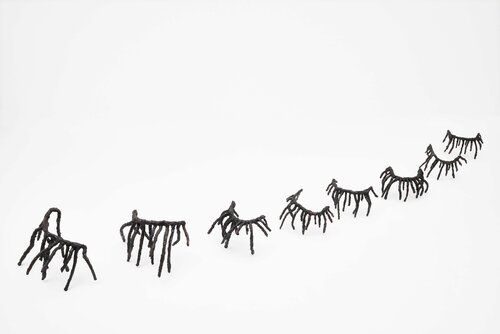
Rosemarie Castoro
Land of Lashes
1976
MAK
As an artist active within the circle of New York Minimal Art, Rosemarie Castoro referred to herself as “paintersculptor,” combining different media in her artworks, such as painting, performance, sculpture, and stage design. Inspired by experimental dance and choreography, her sculptural installations from the 1970s challenged the rational agenda of Minimal Art. The artist’s sculptural installation Land of Lashes consists of a serial arrangement of oversized eyelashes and functions as a counterpart to her artwork Land of Lads (1975).
This work was part of the exhibition “Rosemarie Castoro. Land of Lashes” shown at MAK from May 25 to October 1, 2023.
© Estate Rosemarie Castoro; photo: MAK

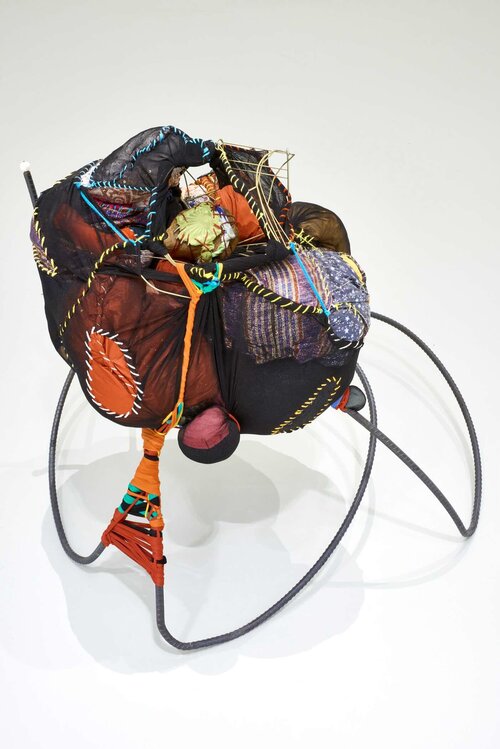
Sonia Gomes
Casa alugada
2022
MAK
Brazilian artist Sonia Gomes (*1948) is known for her sewn and knotted fabric sculptures, made of recycled and deconstructed textiles. In her artistic practice, Gomes interweaves questions of cultural identity, privacy and intimacy, which are expressed in the biomorphic formal language of her sculptural works, influenced by narratives, traditions and materials of Afro-Brazilian cultures.
This artwork was shown at the exhibition “HARD/SOFT: Textiles and Ceramics in Contemporary Art” at MAK from December 13, 2023 to May 20, 2024.
© Sonia Gomes, Courtesy of the artist and Mendes Wood DM; photo: MAK/ Georg Mayer

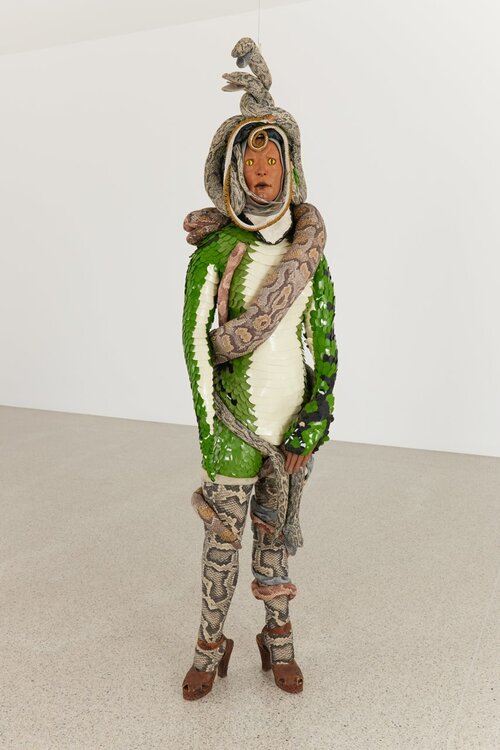
Jann Haworth
Snake Lady
1969 - 1971
mumok
Jann Haworth’s (*1942) Snake Lady is one of the artist’s soft sculptures, which were created in the context of British Pop Art in the 1960s. The starting point for the work was a flea market find: a pair of snake leather shoes from which the artist grew a female figure in snakeskin. Haworth combined the soft body with a ceramic head.
This work is currently on show at mumok’s collection exhibition “Mapping the 60s. Art Histories from the Mumok Collections” until February 1, 2026.
© Jann Haworth; photo: mumok

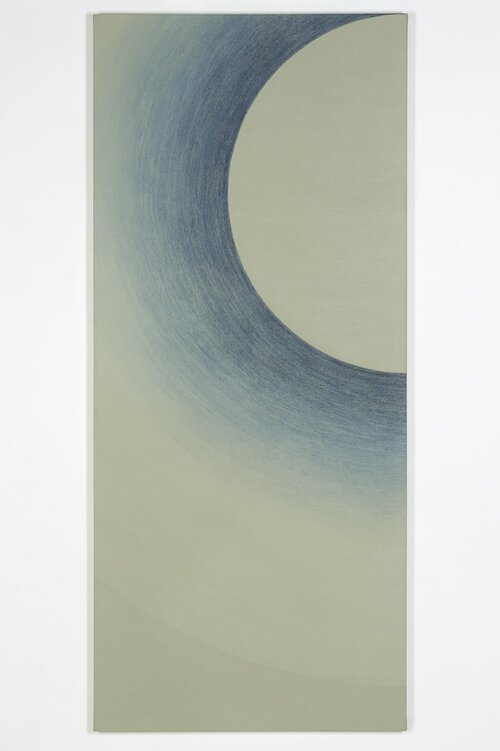
Lee Lozano
No title
1967
mumok
Lee Lozano’s (1930–99) untitled work was created in close relation to the artist’s “Wave”-series of paintings—a series which marked her last major cycle of work before she withdrew from the (New York) art scene in 1970 as part of her conceptual Dropout Piece. All eleven paintings of this series are in the collection of the Wadsworth Atheneum Museum of Art, Hartford, CT.
This work is currently on show at mumok’s exhibition “Mapping the 60s. Art Histories from the Mumok Collections” until February 1, 2026.
© The Estate of Lee Lozano, Courtesy Hauser & Wirth; photo: mumok

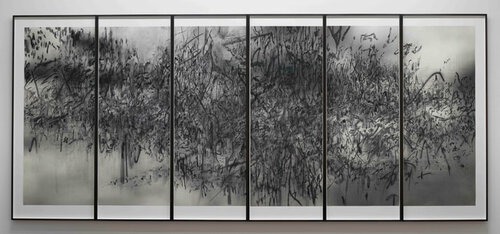
Julie Mehretu
Epigraph, Damascus
2016
Albertina
In her artistic practice, US-based artist Julie Mehretu (*1970) combines the abstract formal language of painterly gestures with political and social issues. Points of departure for Epigraph, Damascus are layered architectural drawings of buildings in Damascus, Syria. Columns, arches and porticoes, shown from multiple perspectives, are among the many depicted architectural details of the Syrian city. As part of a complex printing process, these architectural drawings were layered with Mehretu’s gestural brushstrokes.
© Julie Mehretu; photo: Albertina

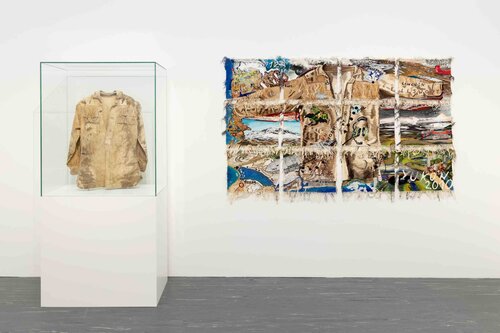
Ingrid Wiener
Norden
2010 - 2012
Österreichische Galerie Belvedere
The Austrian artist Ingrid Wiener (*1942) began her tapestry-weaving in the 1960s, often making works in collaboration with others. In the course of her artistic exchange with Swiss artist Dieter Roth, she created several works until Roth’s death in 1998. The artist, who was initially based in Vienna and Berlin, lived with her husband, the poet Oswald Wiener, in Dawson City on the Yukon River in Canada’s Northwest from the mid-1980s until the 2010s. The twelve-part tapestry Norden refers to this remote location. The work is part of an installation that includes photos, sketches, and preparatory studies for the textile work, as well as the exchange with a Swiss friend who gave Wiener the original leather shirt of polar explorer Lincoln Ellsworth, which was also integrated into the installation.
© Ingrid Wiener; Foto: Belvedere / Johannes Stoll
Filter ↓×Search ↓×
Reduce –Enlarge +
Artist A–Z ↓↑Year ↓↑Museum ↓↑

A

B

C

D

E

F

G

H

I

J

K

L

M

N

O

P

Q

R

S

T

U

V

W

Y

